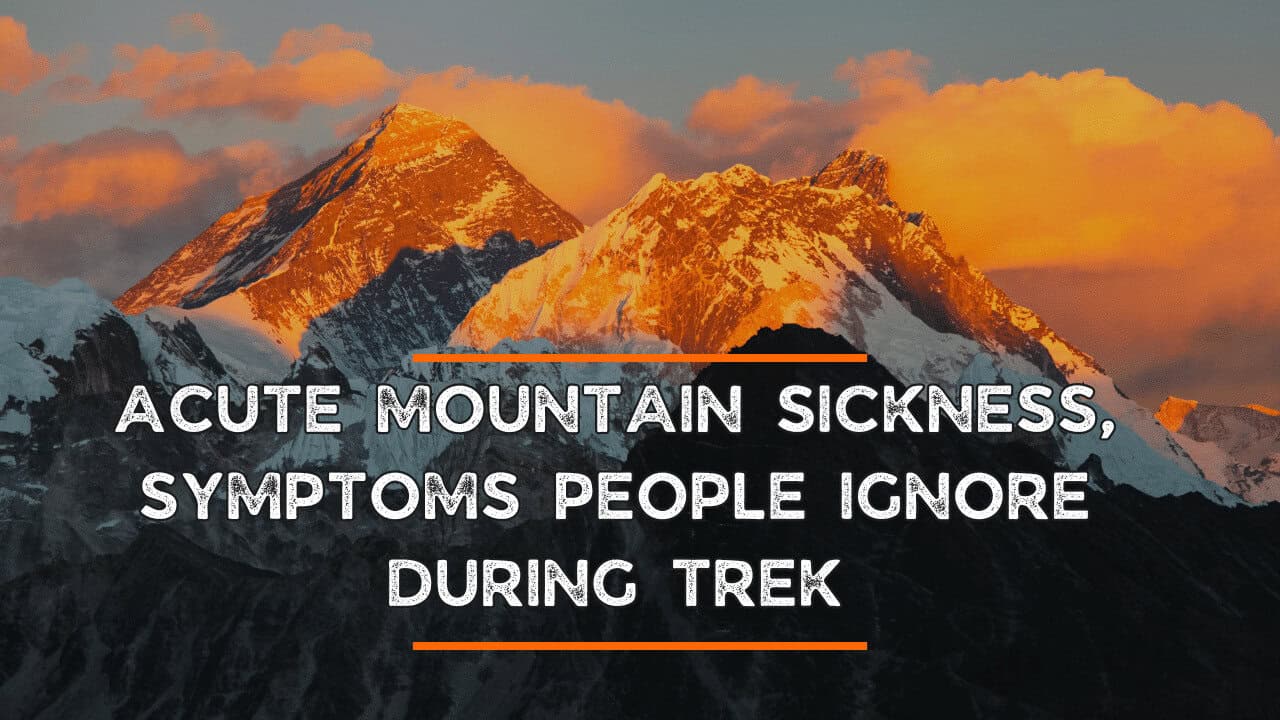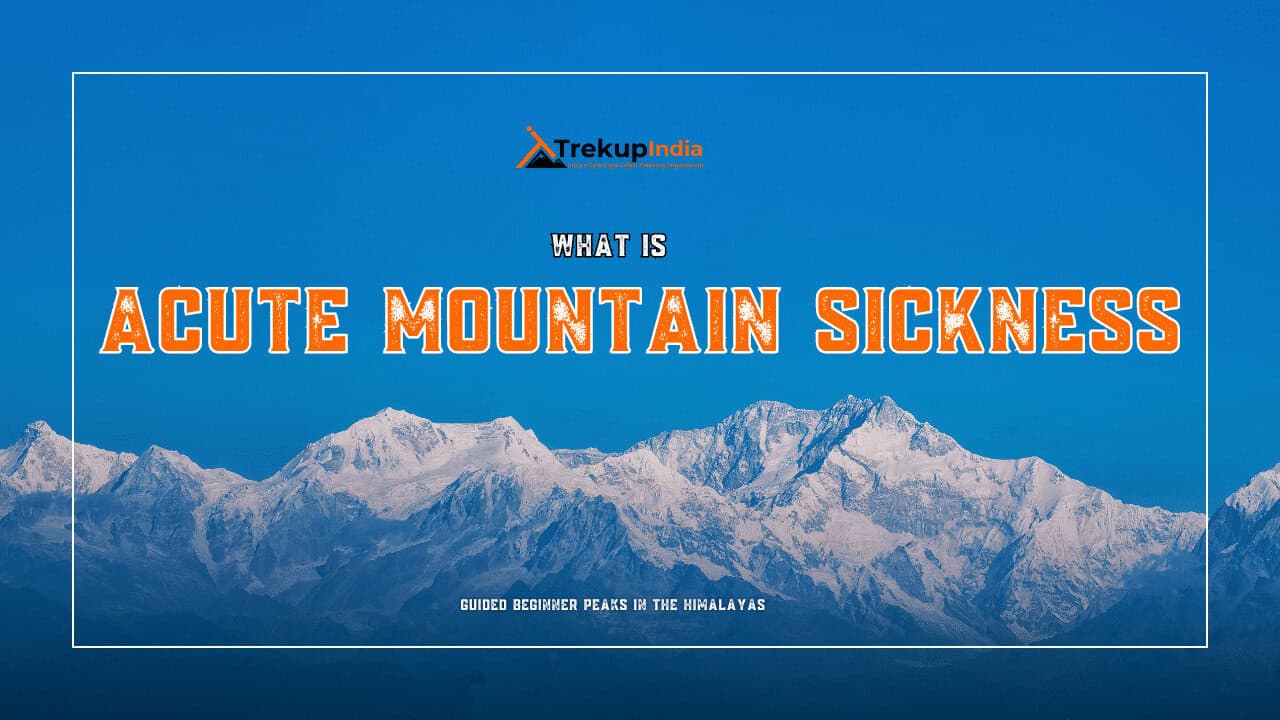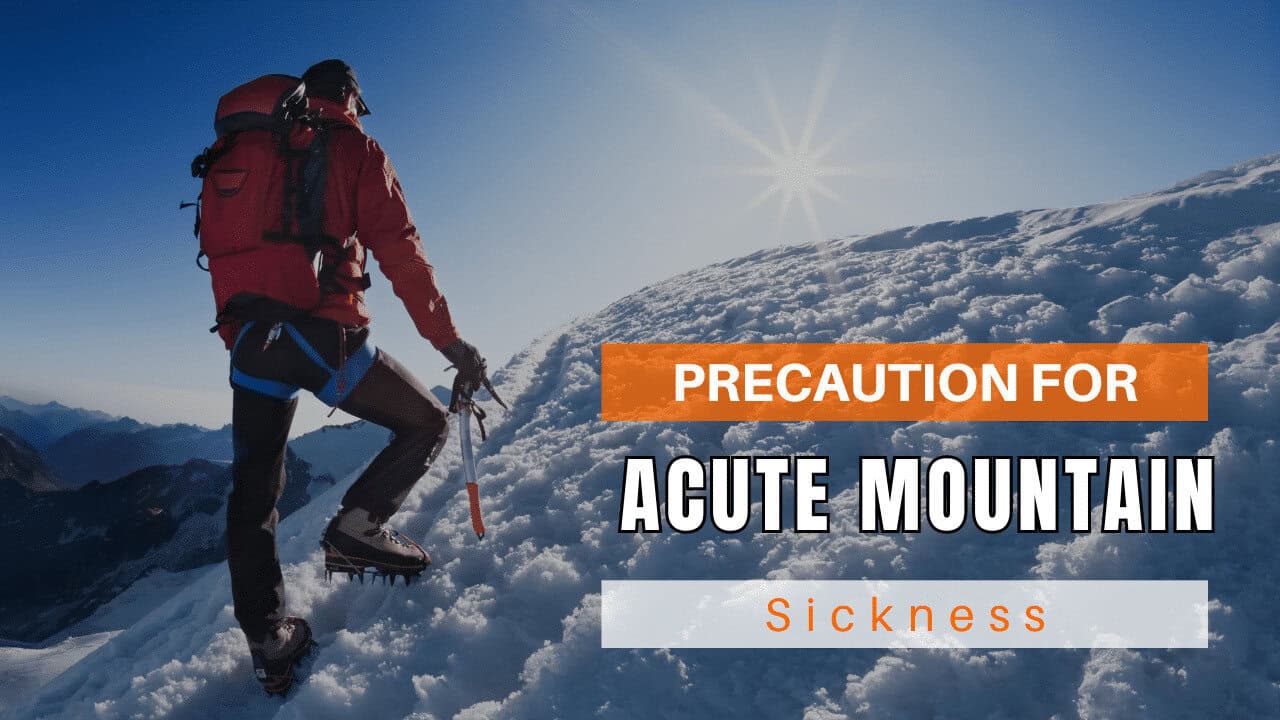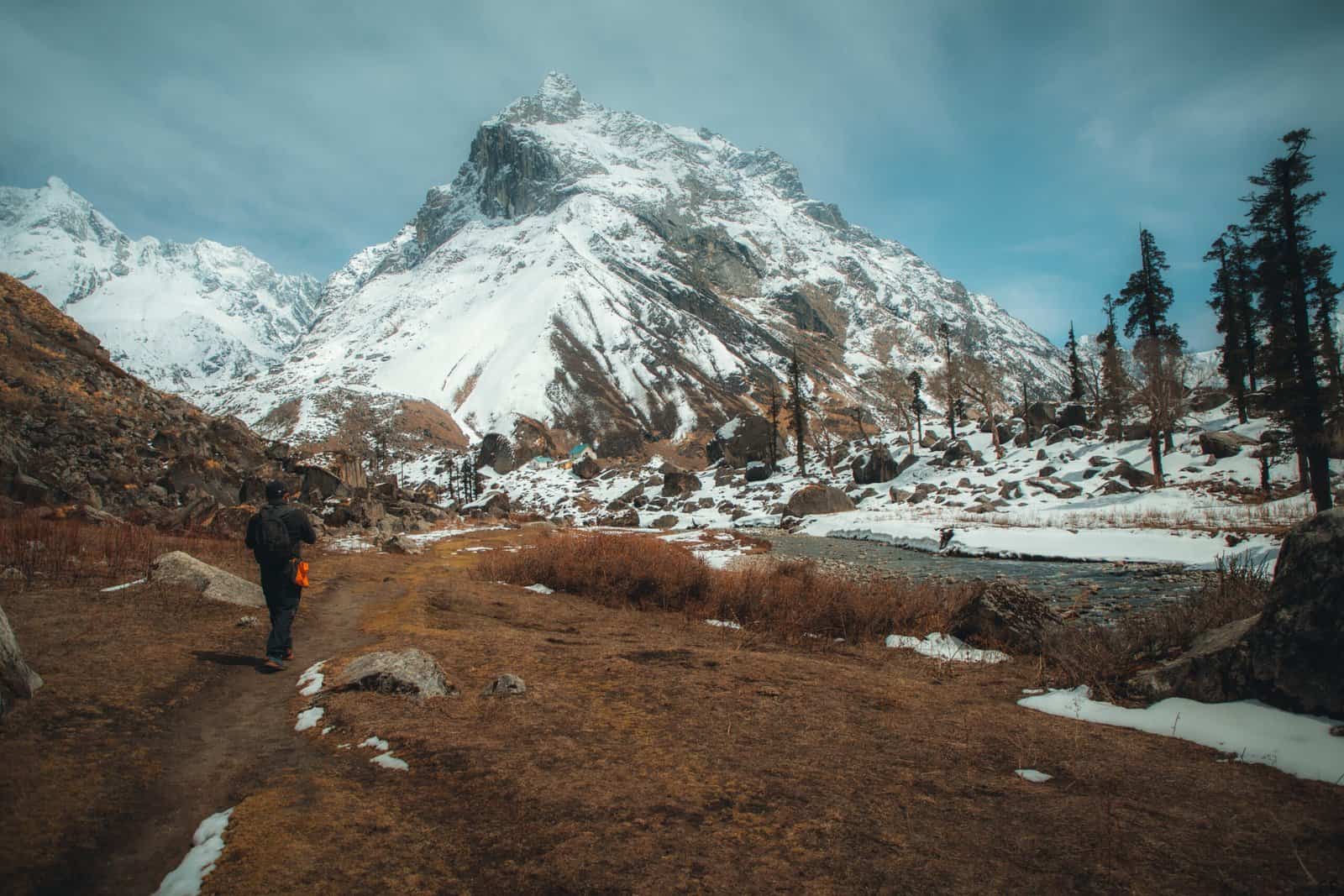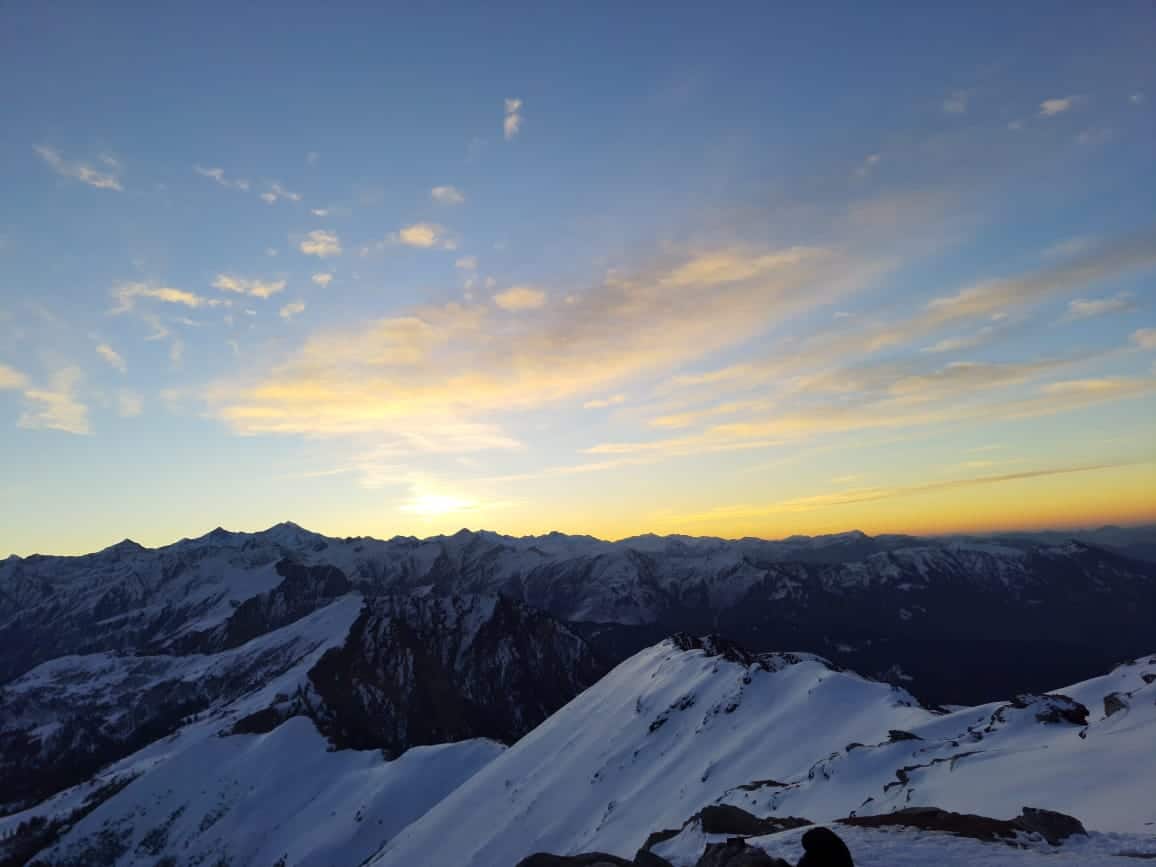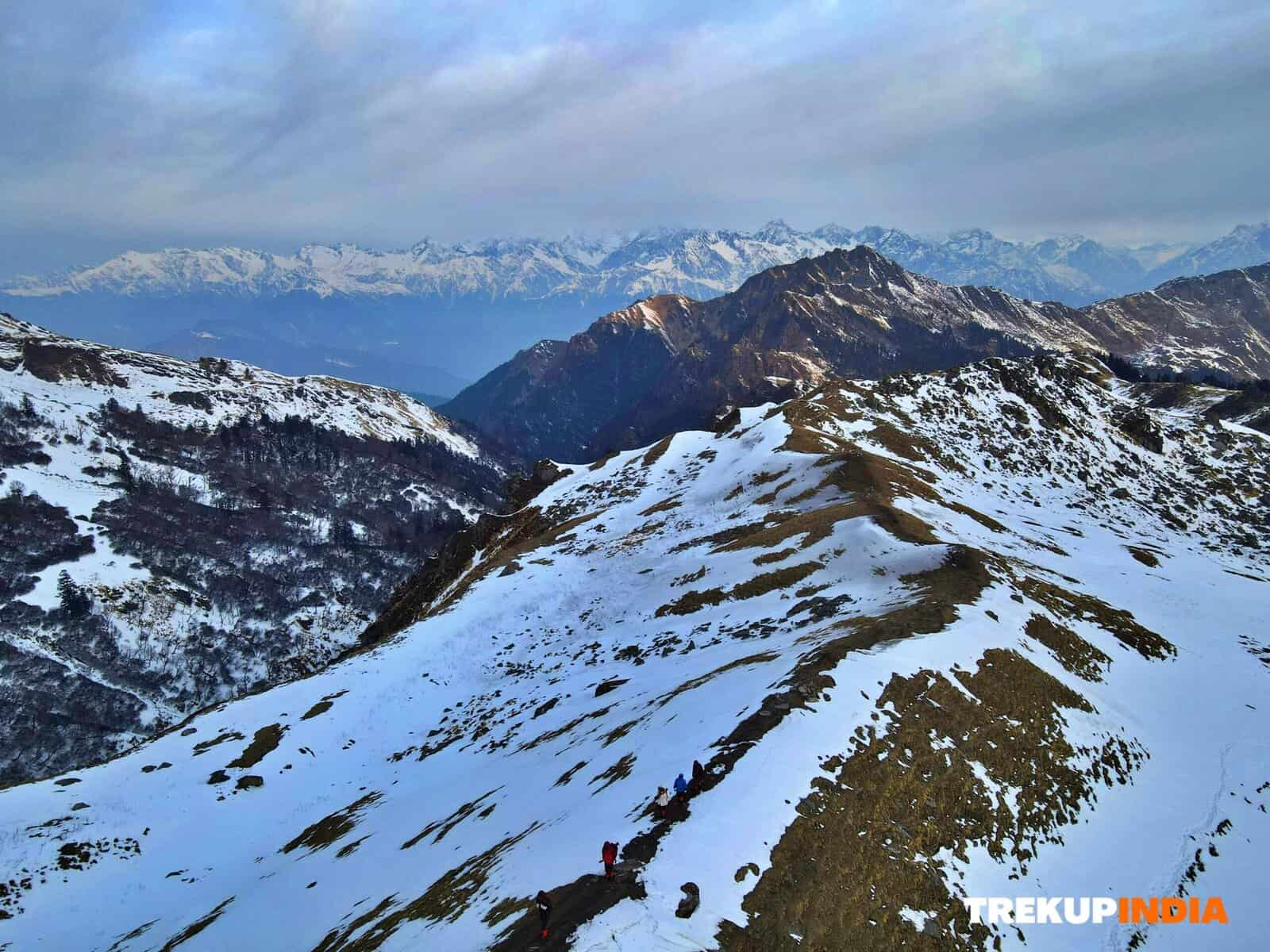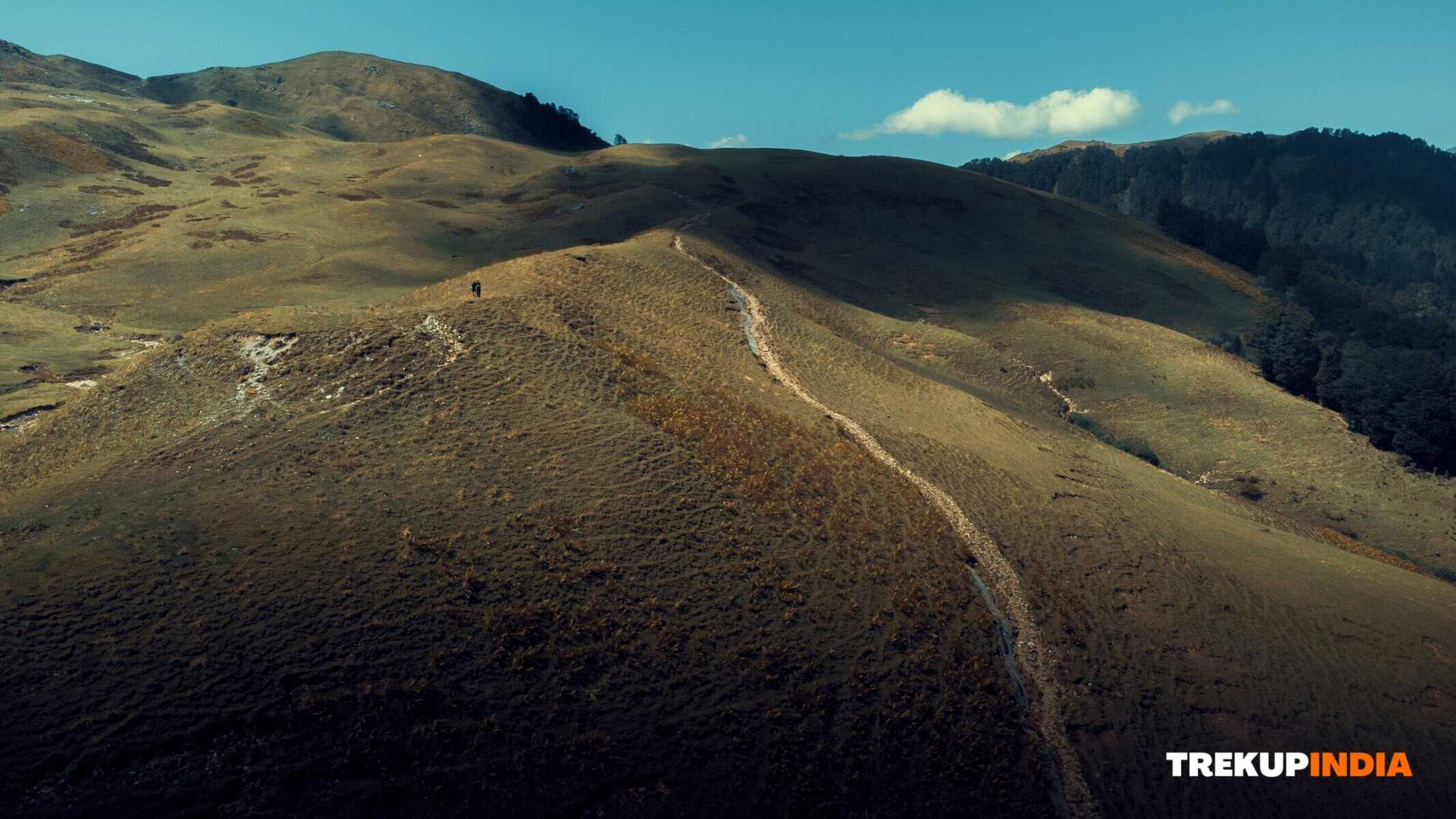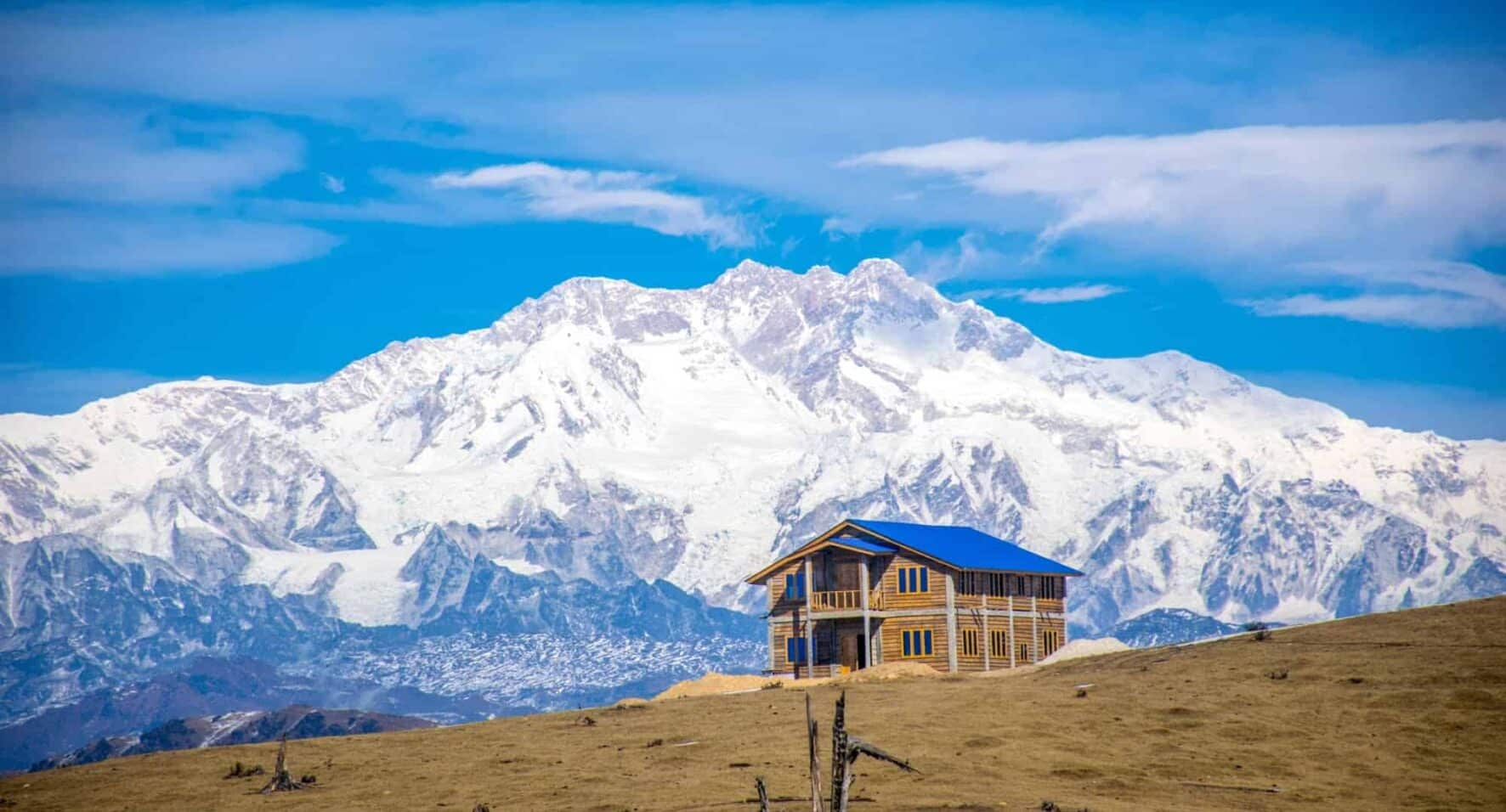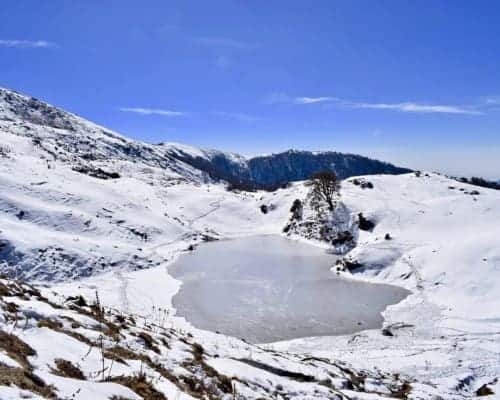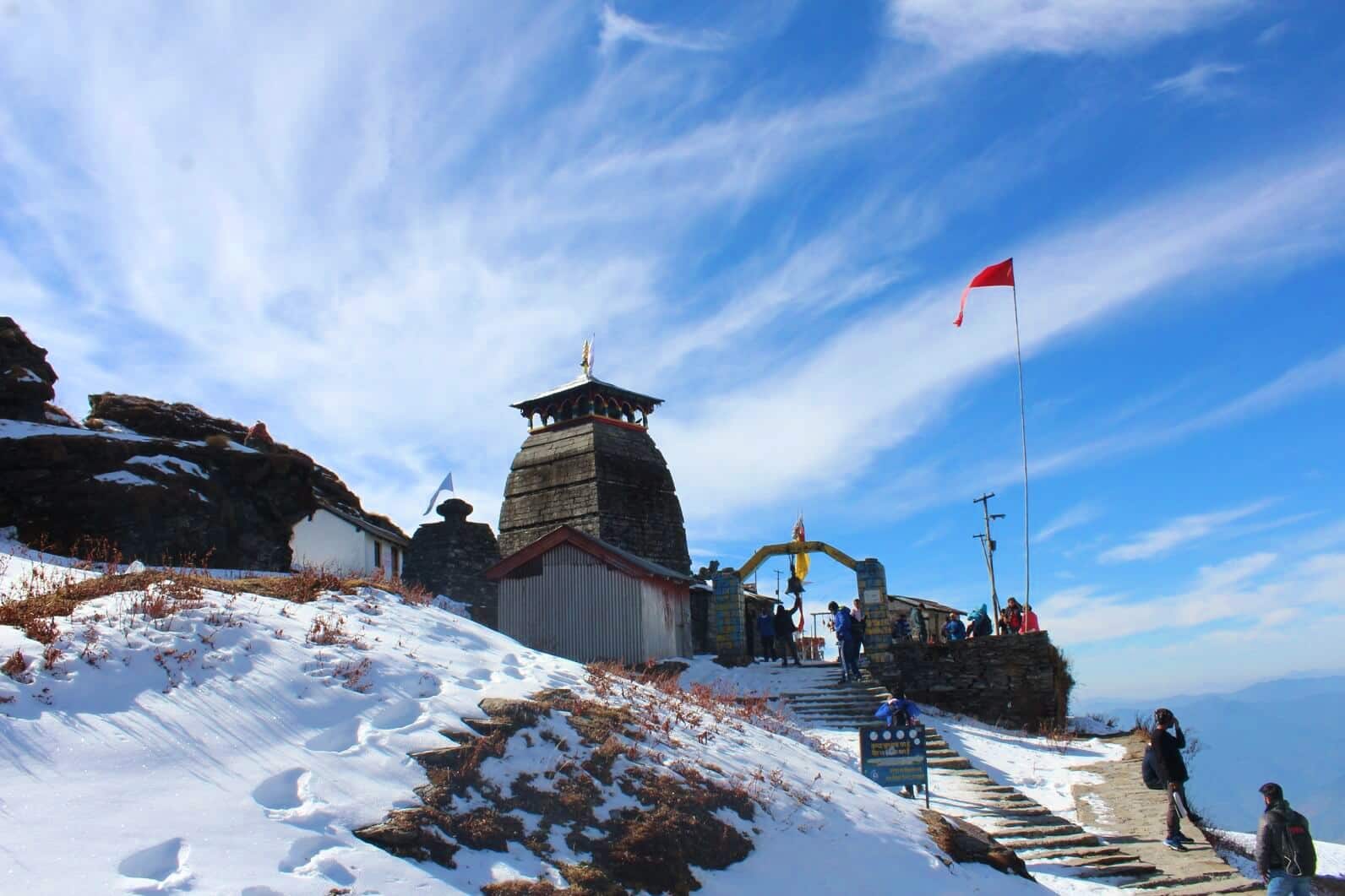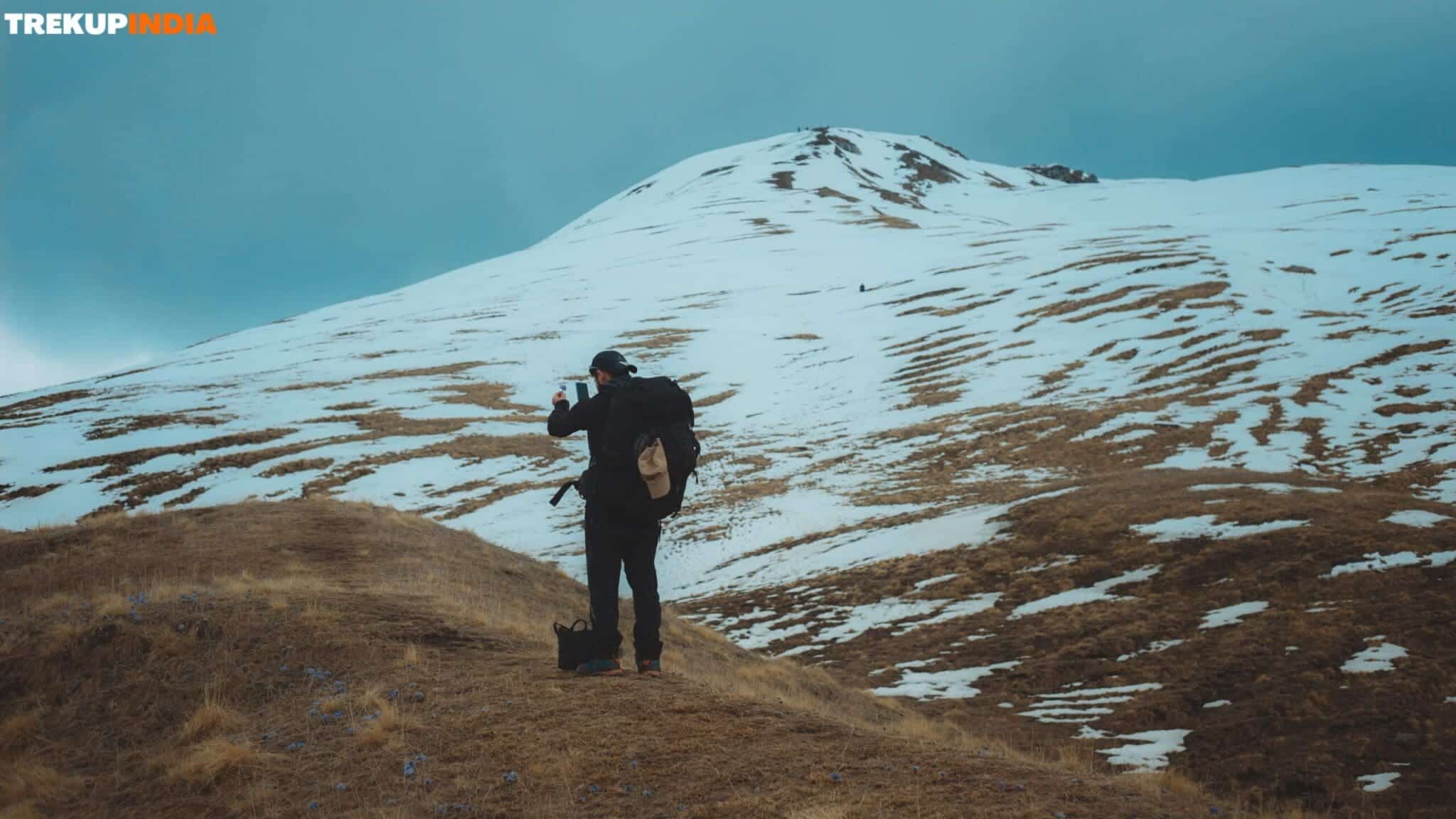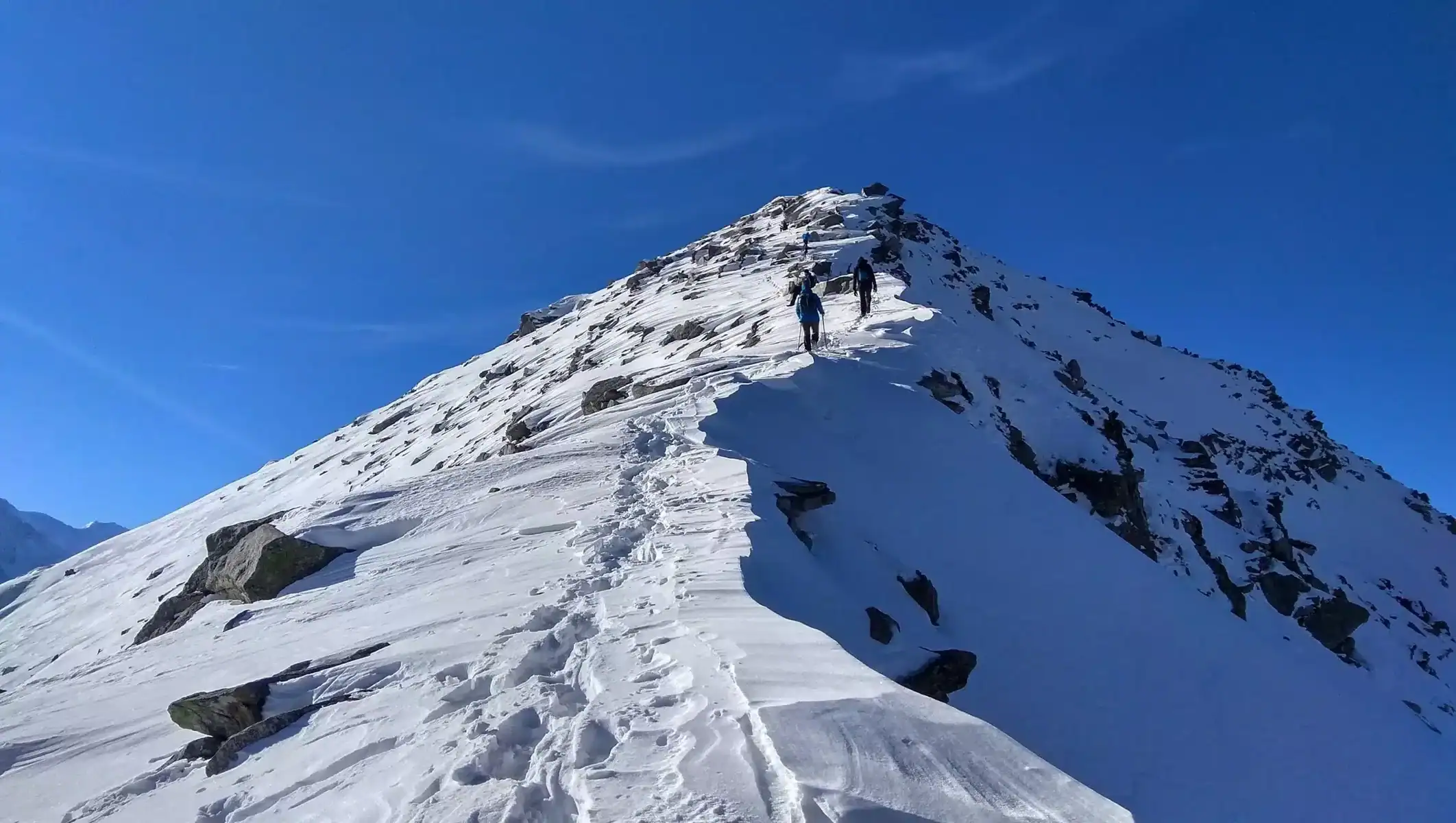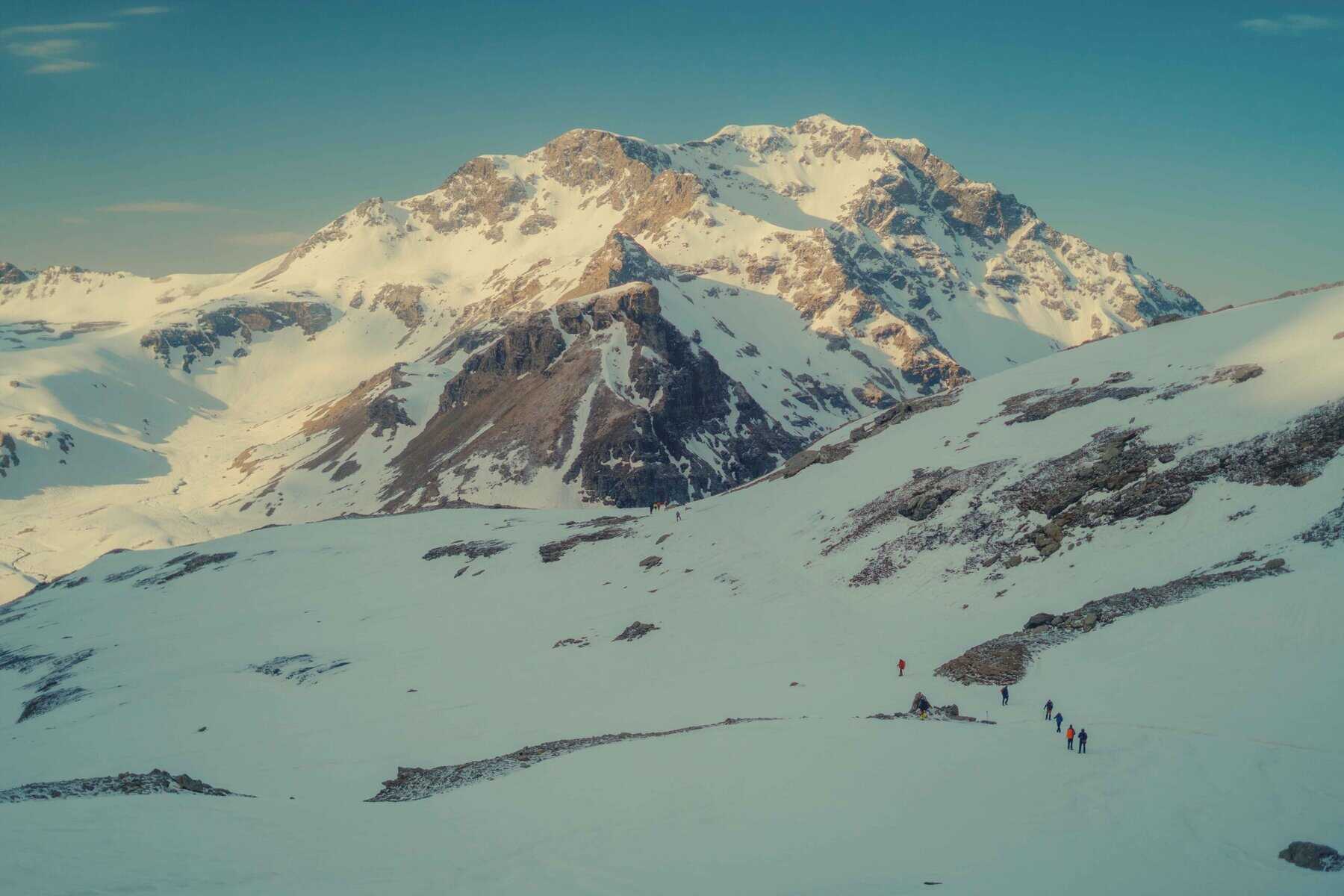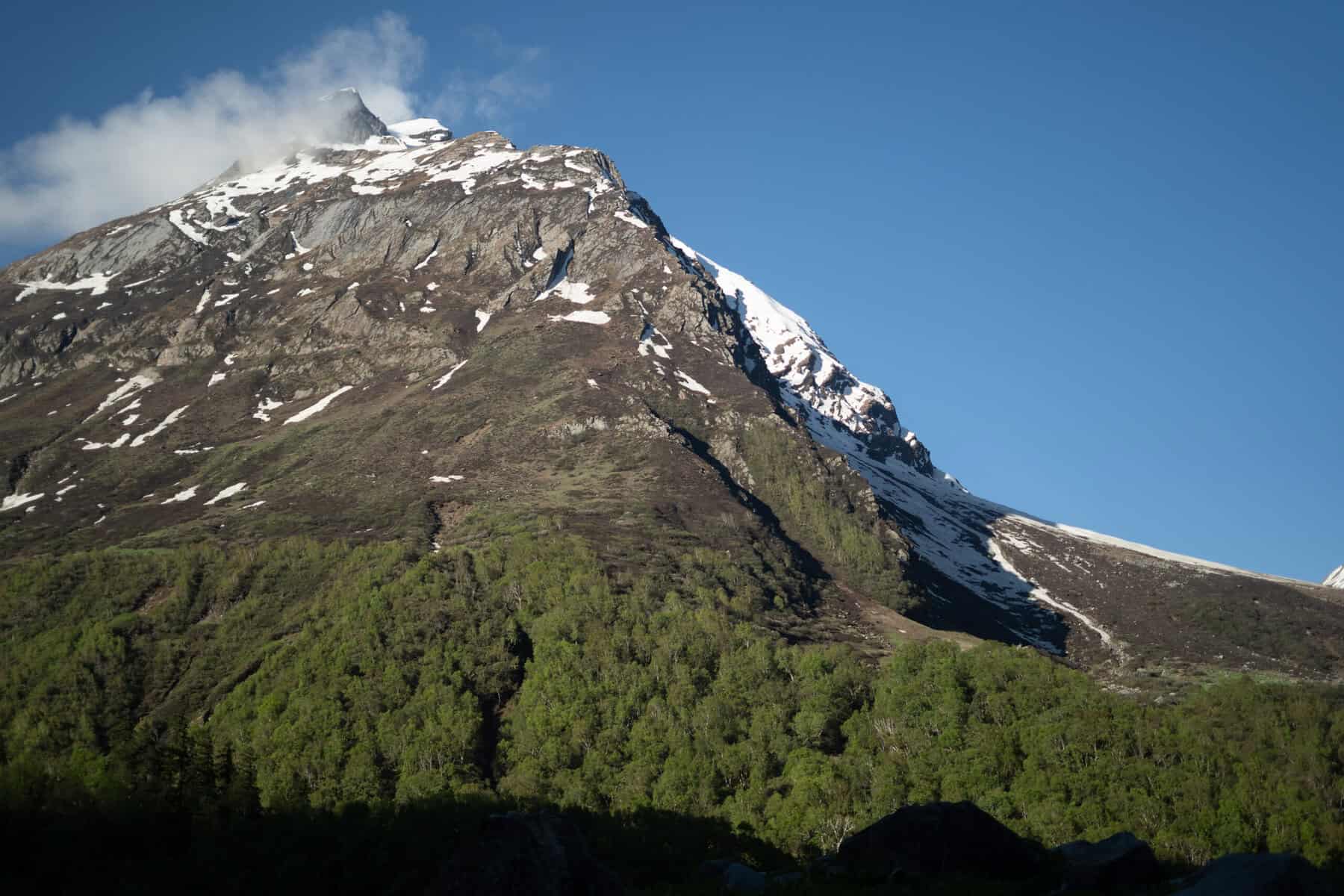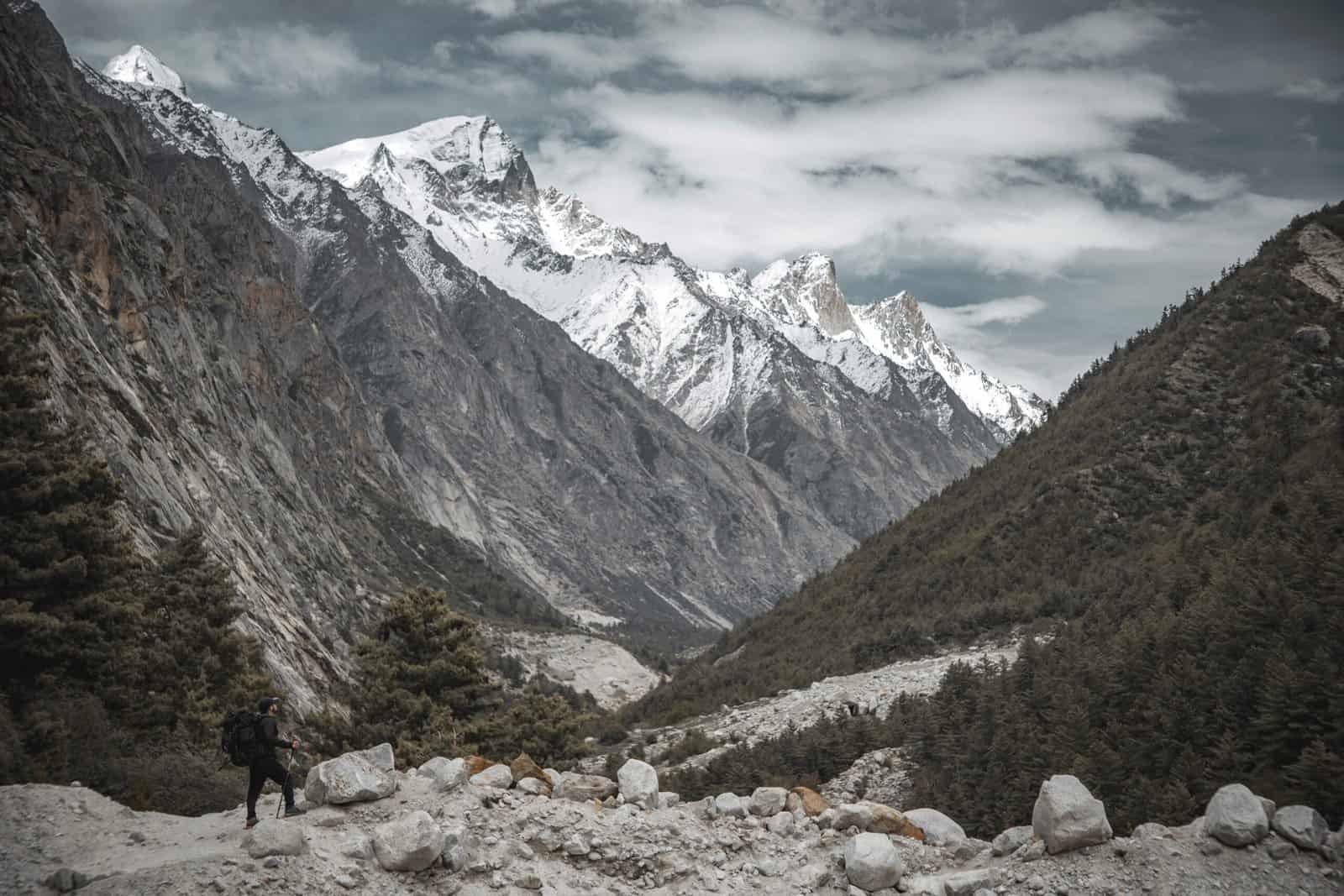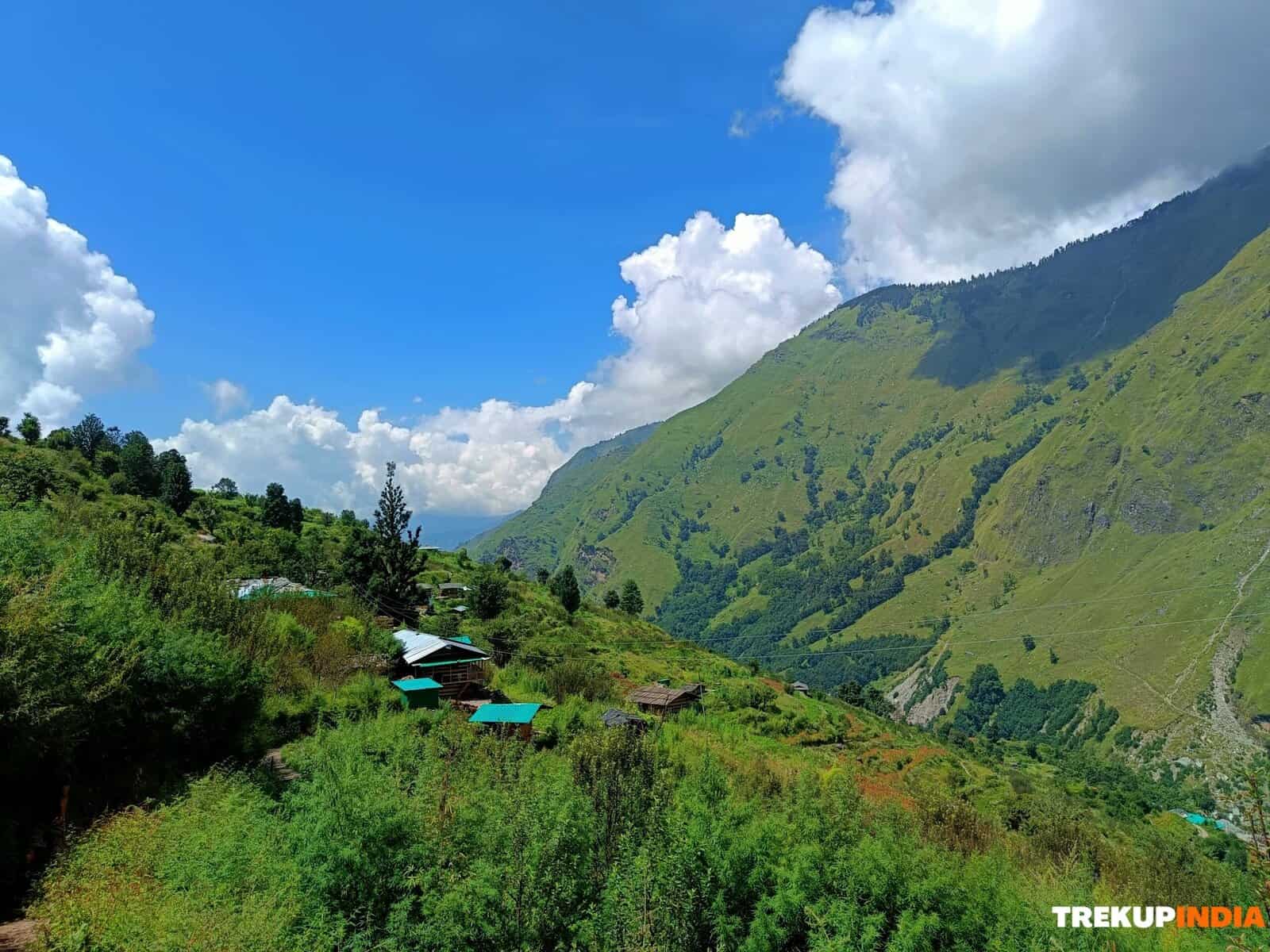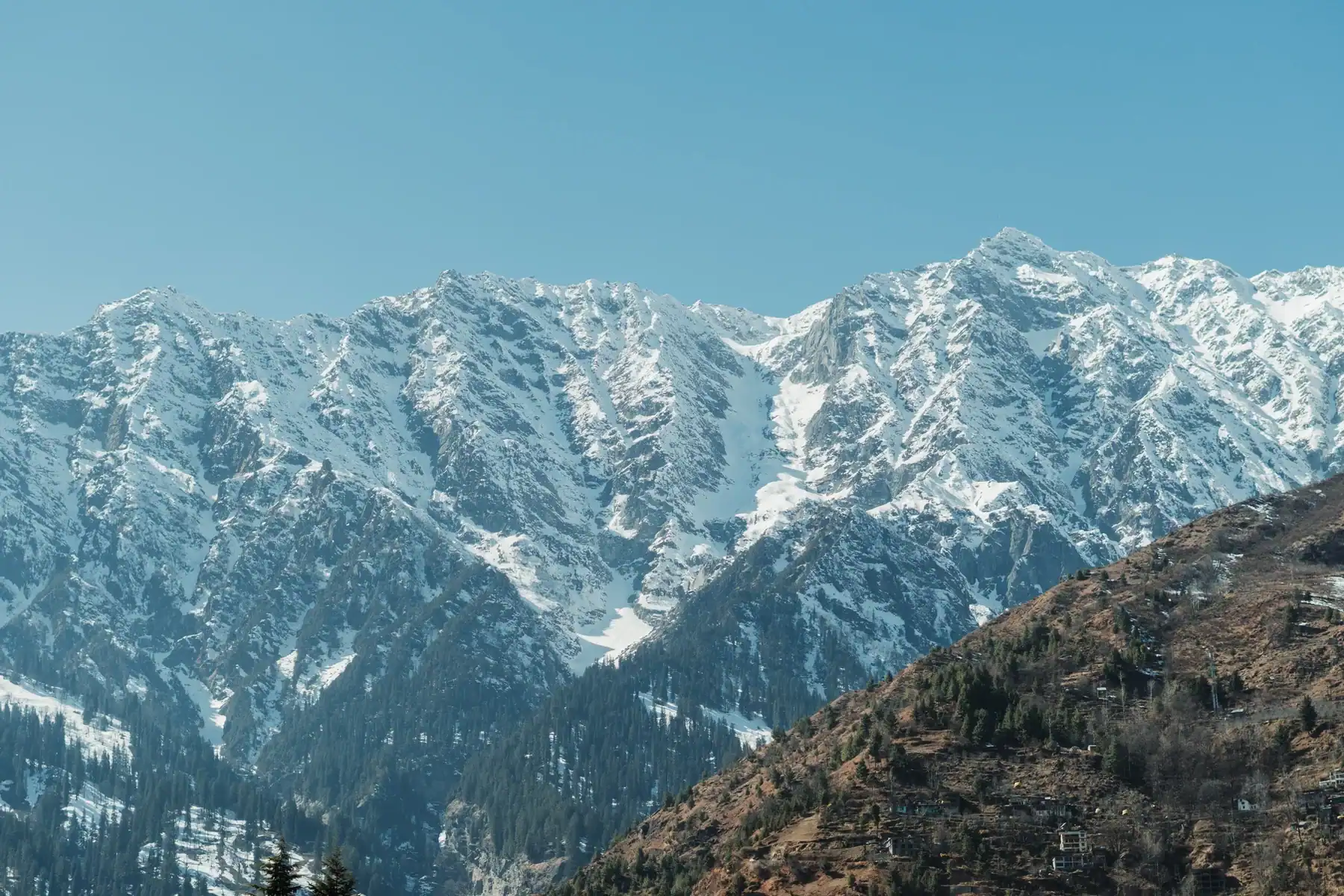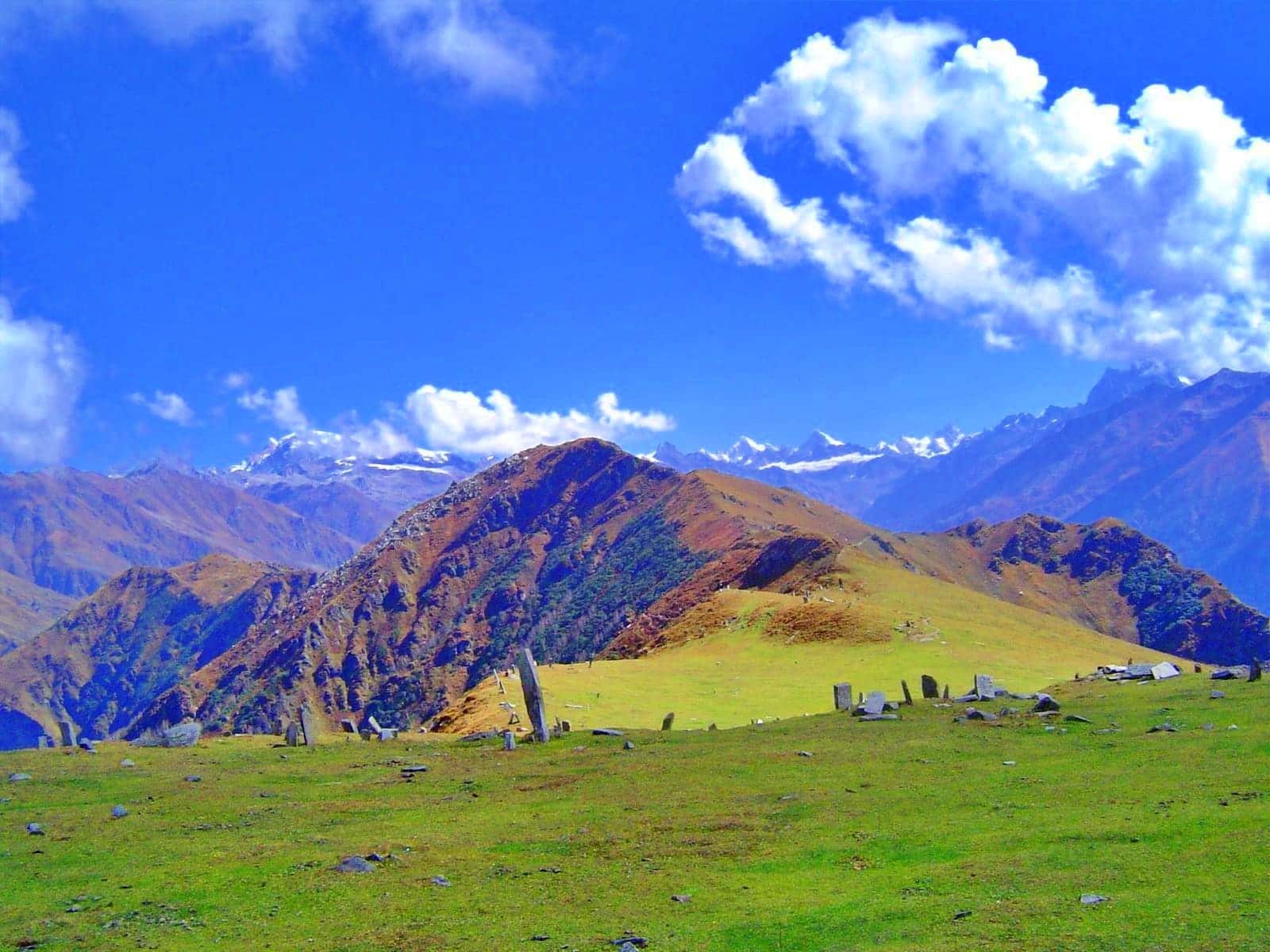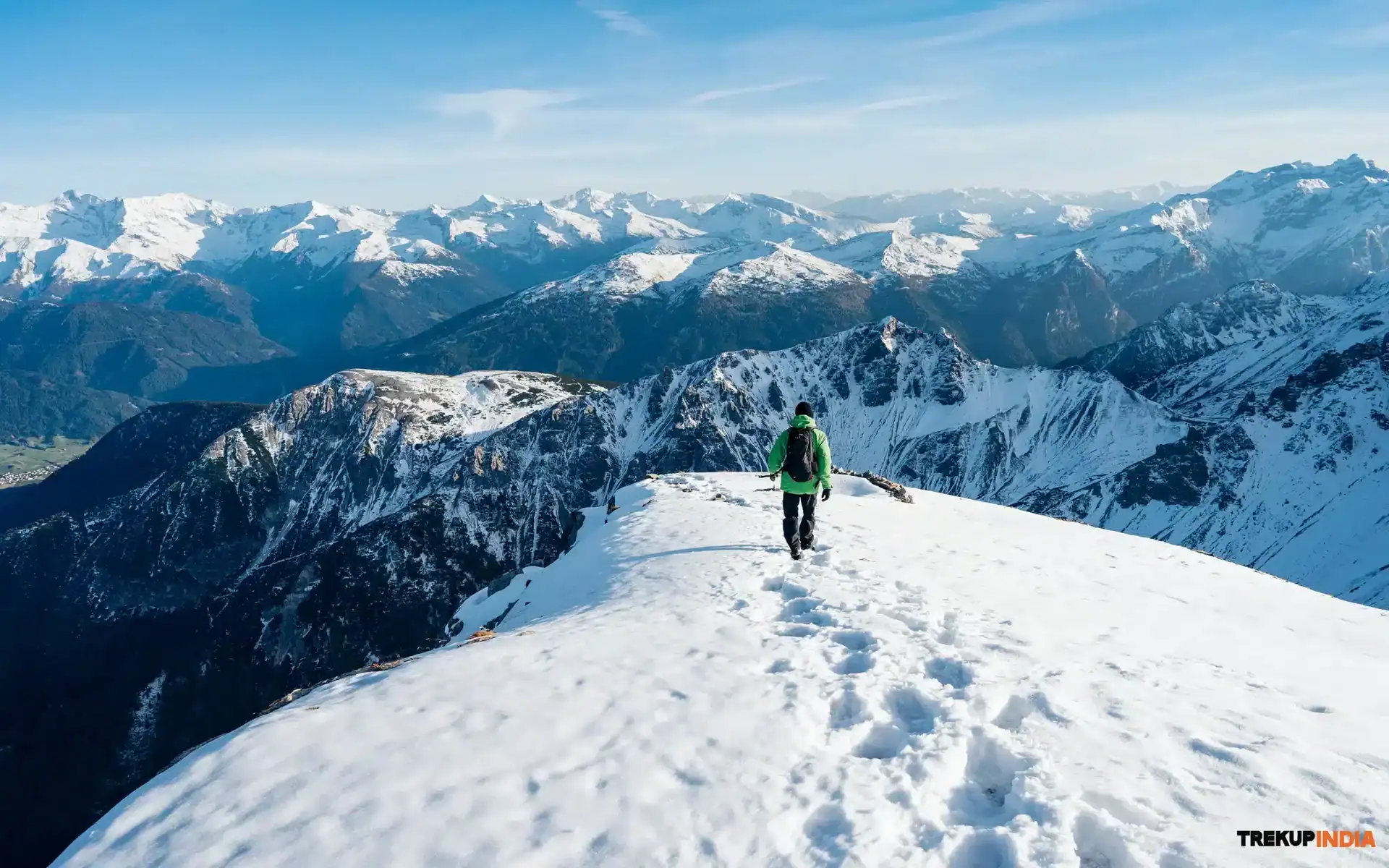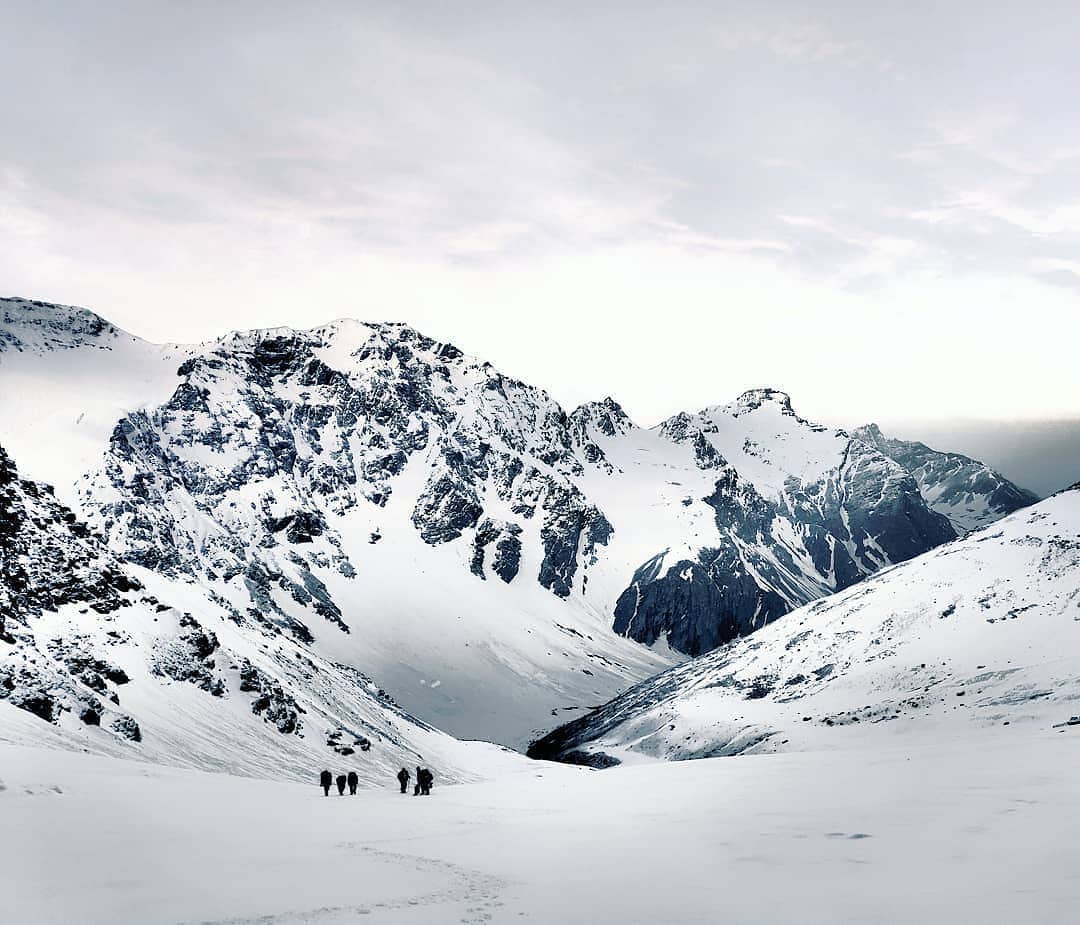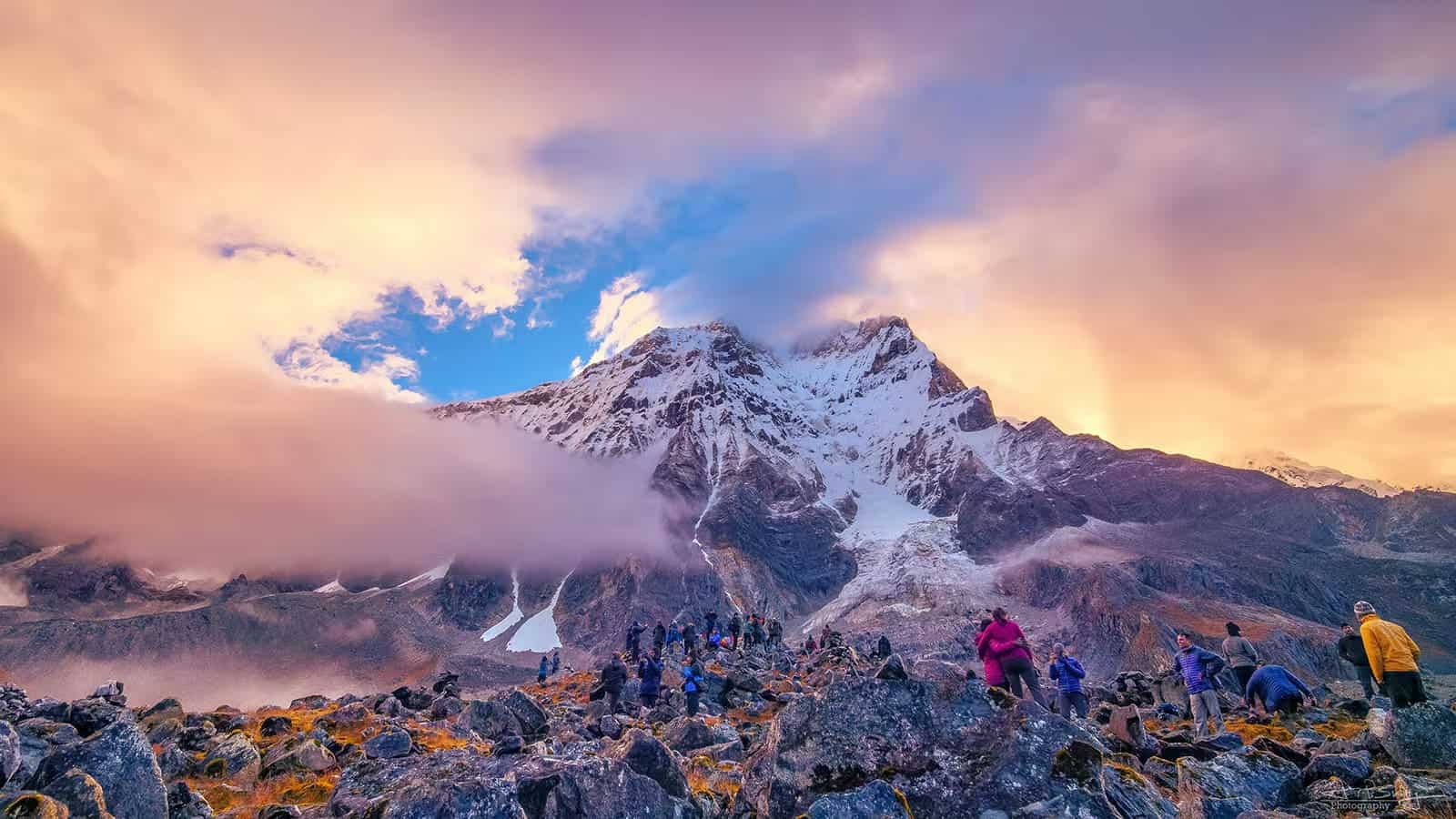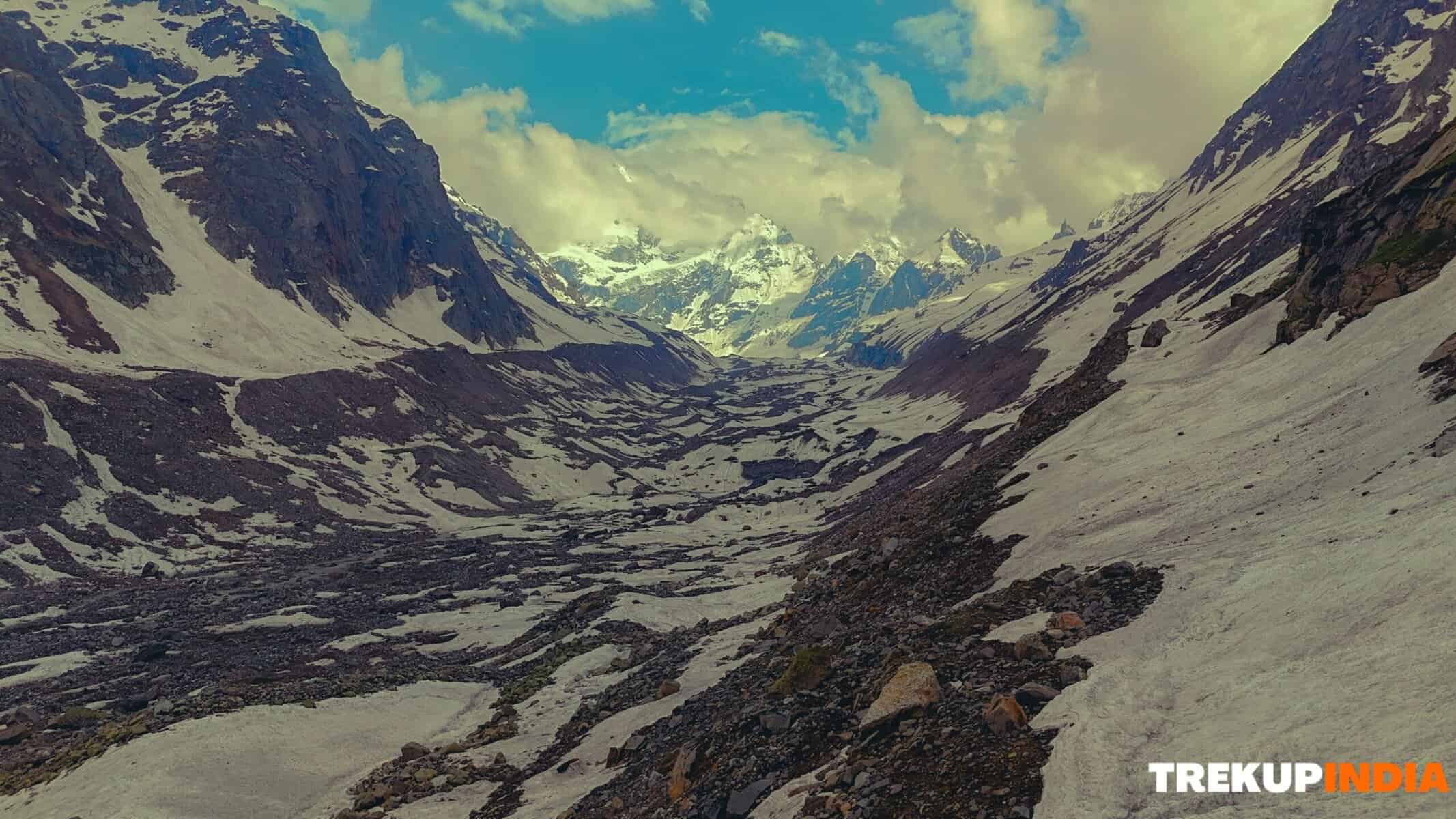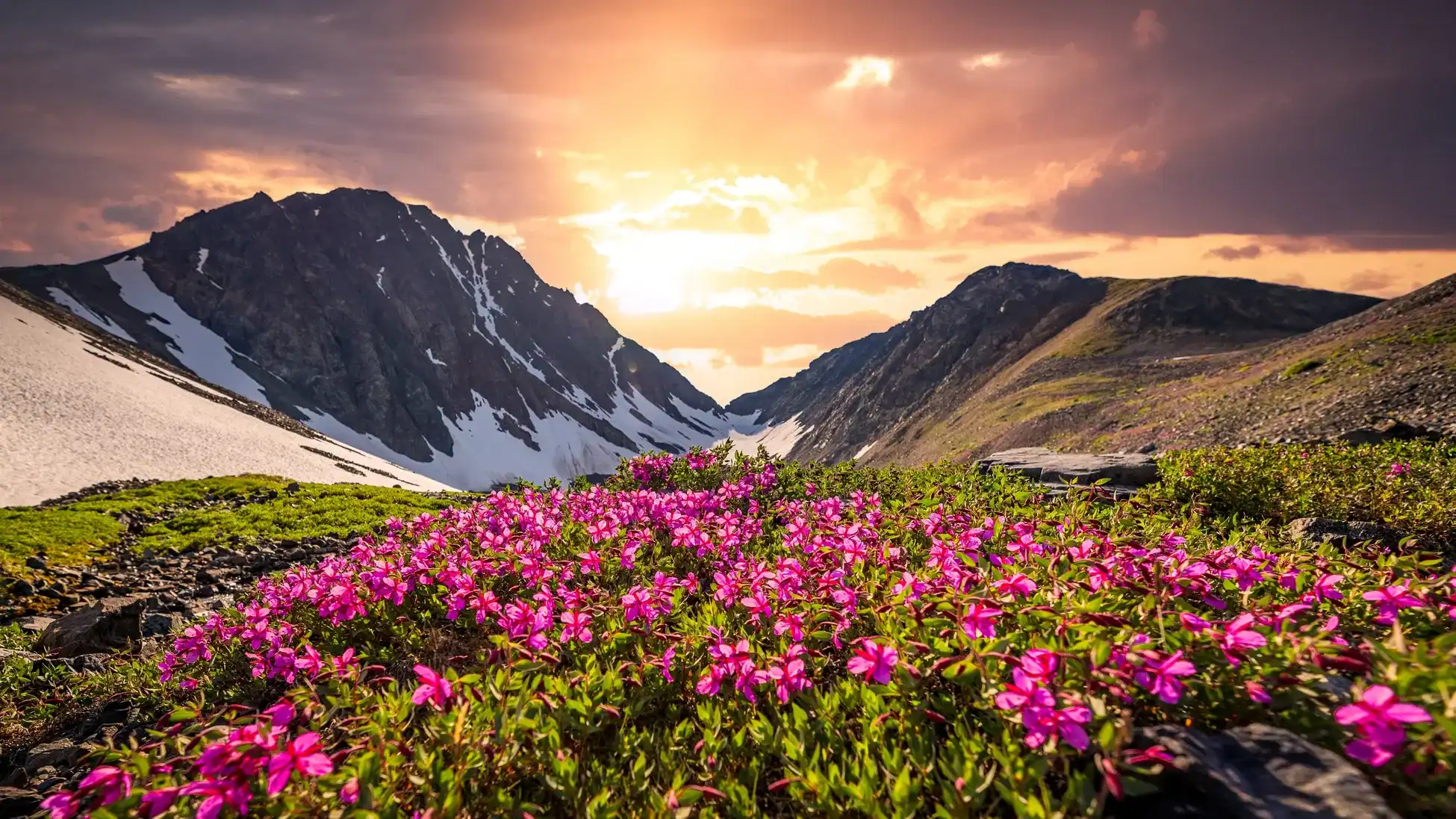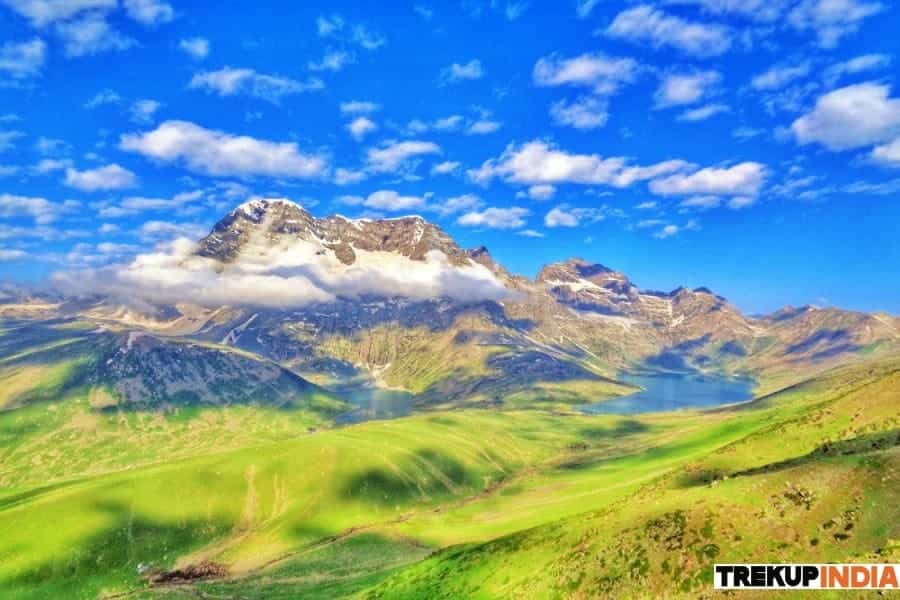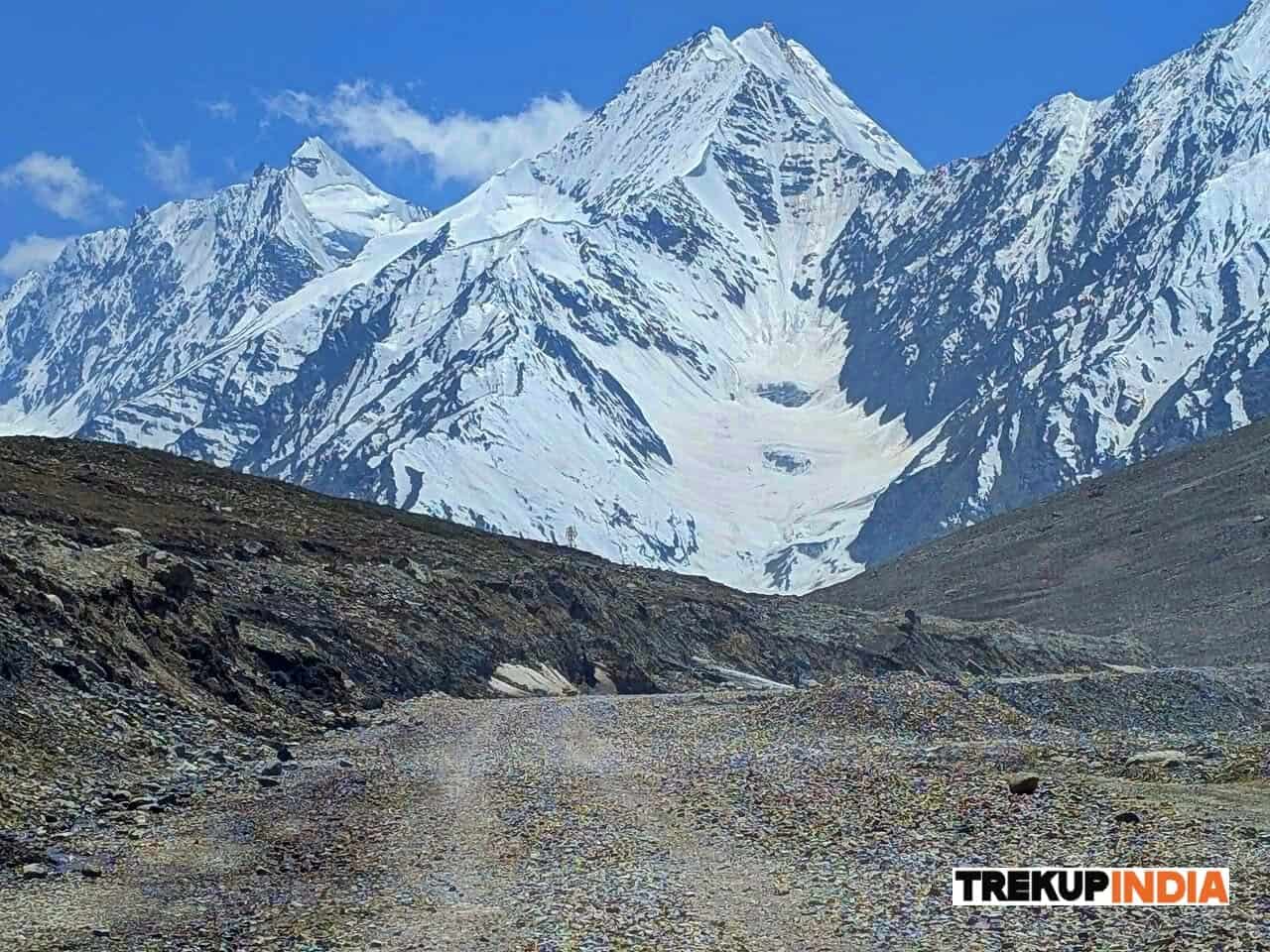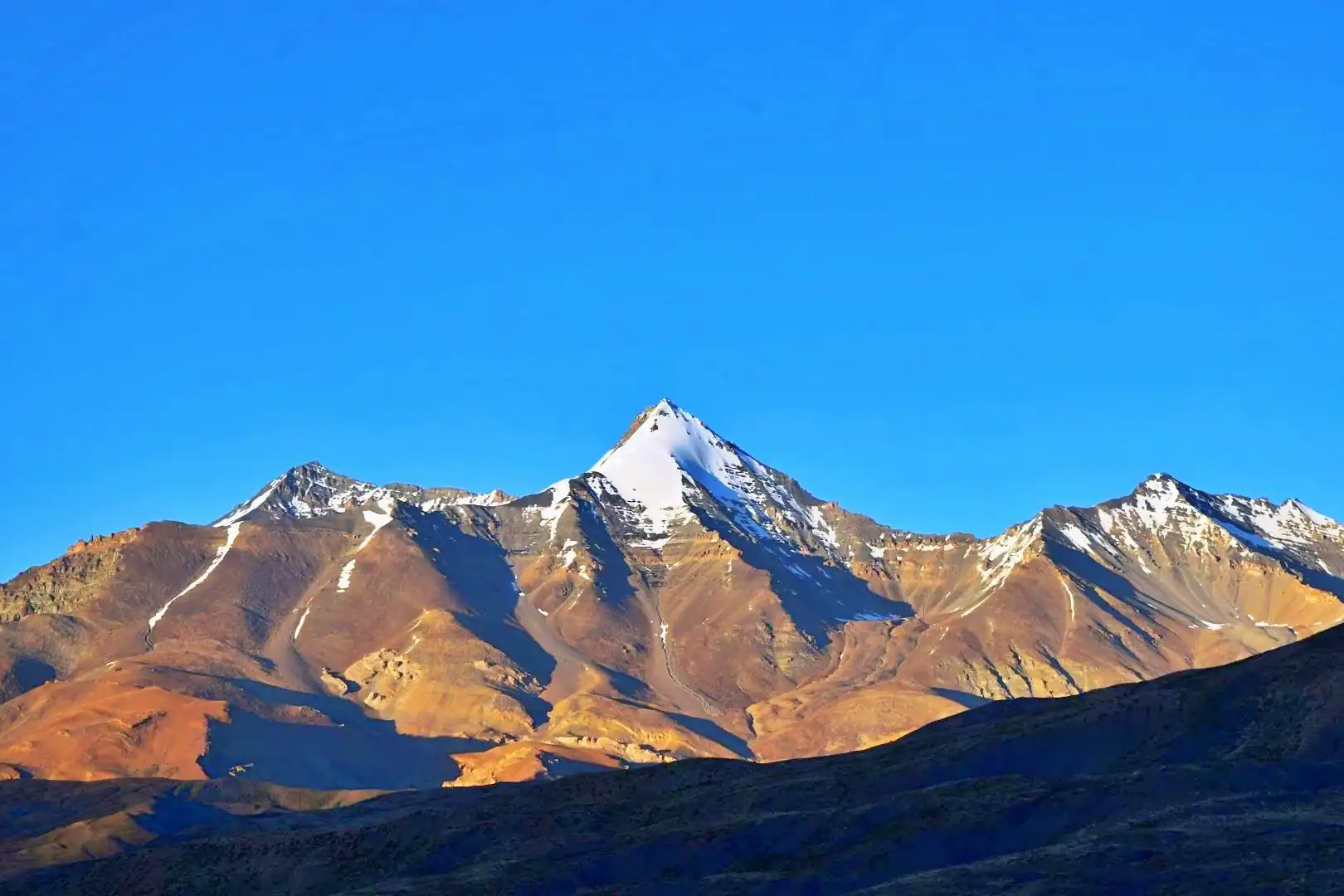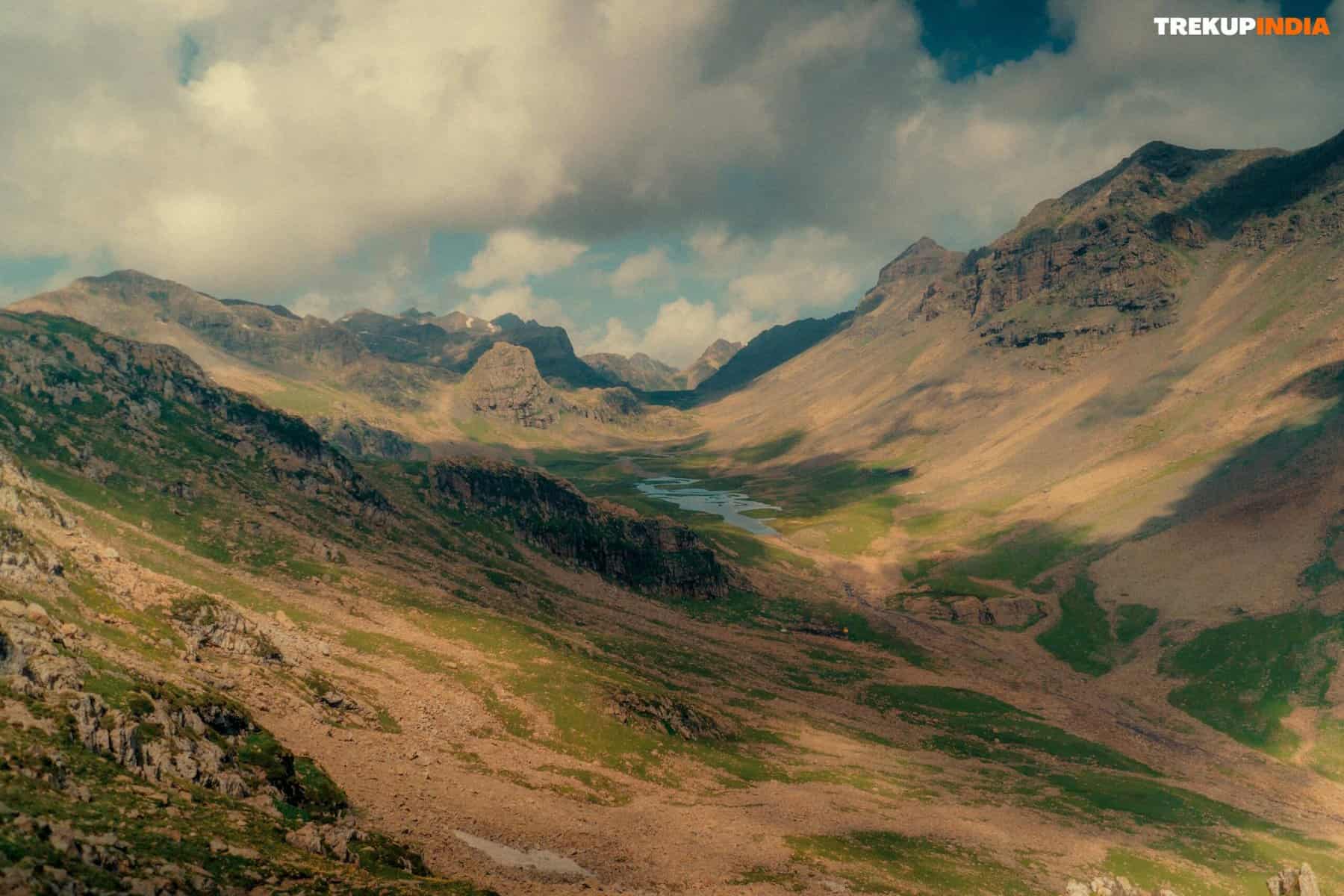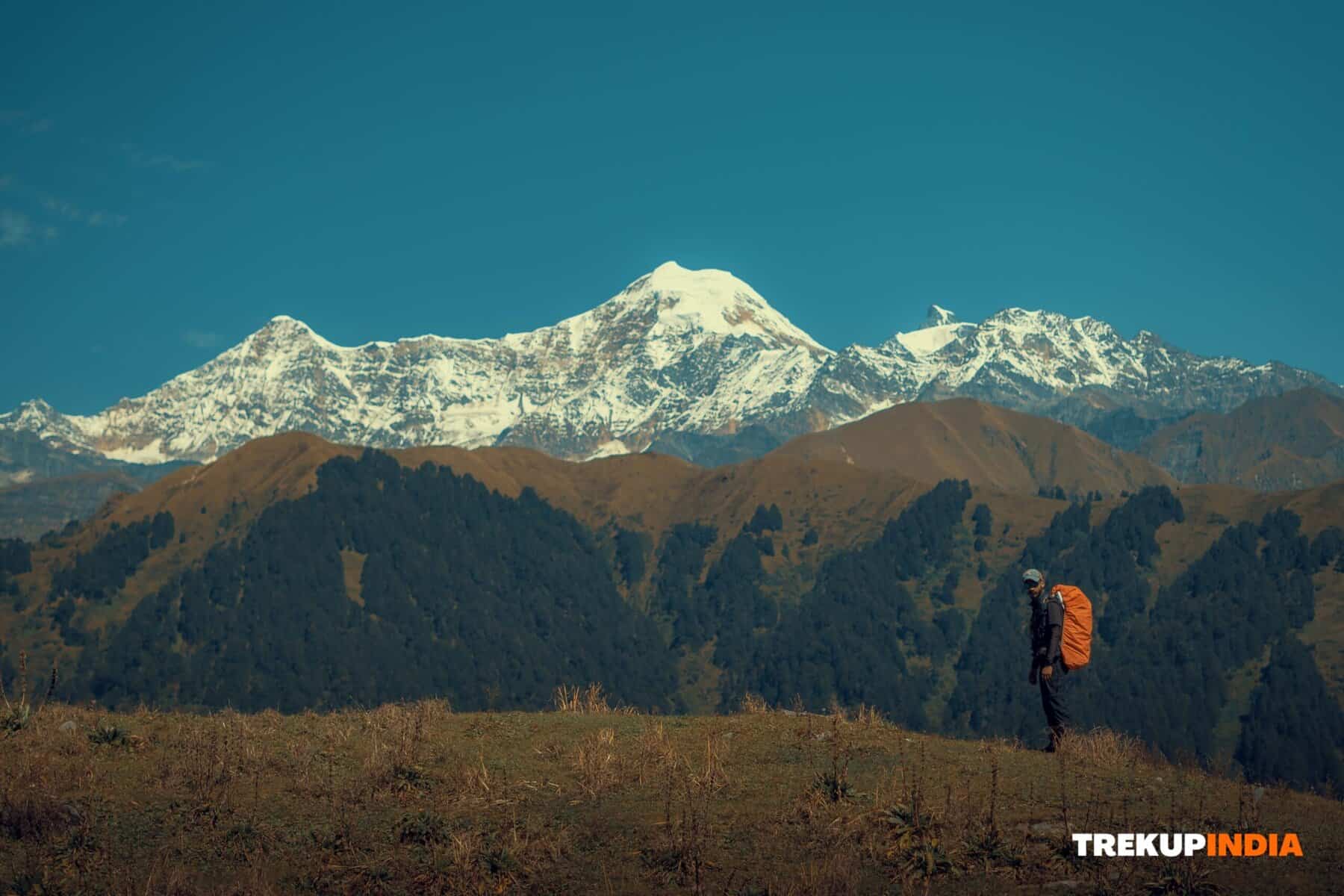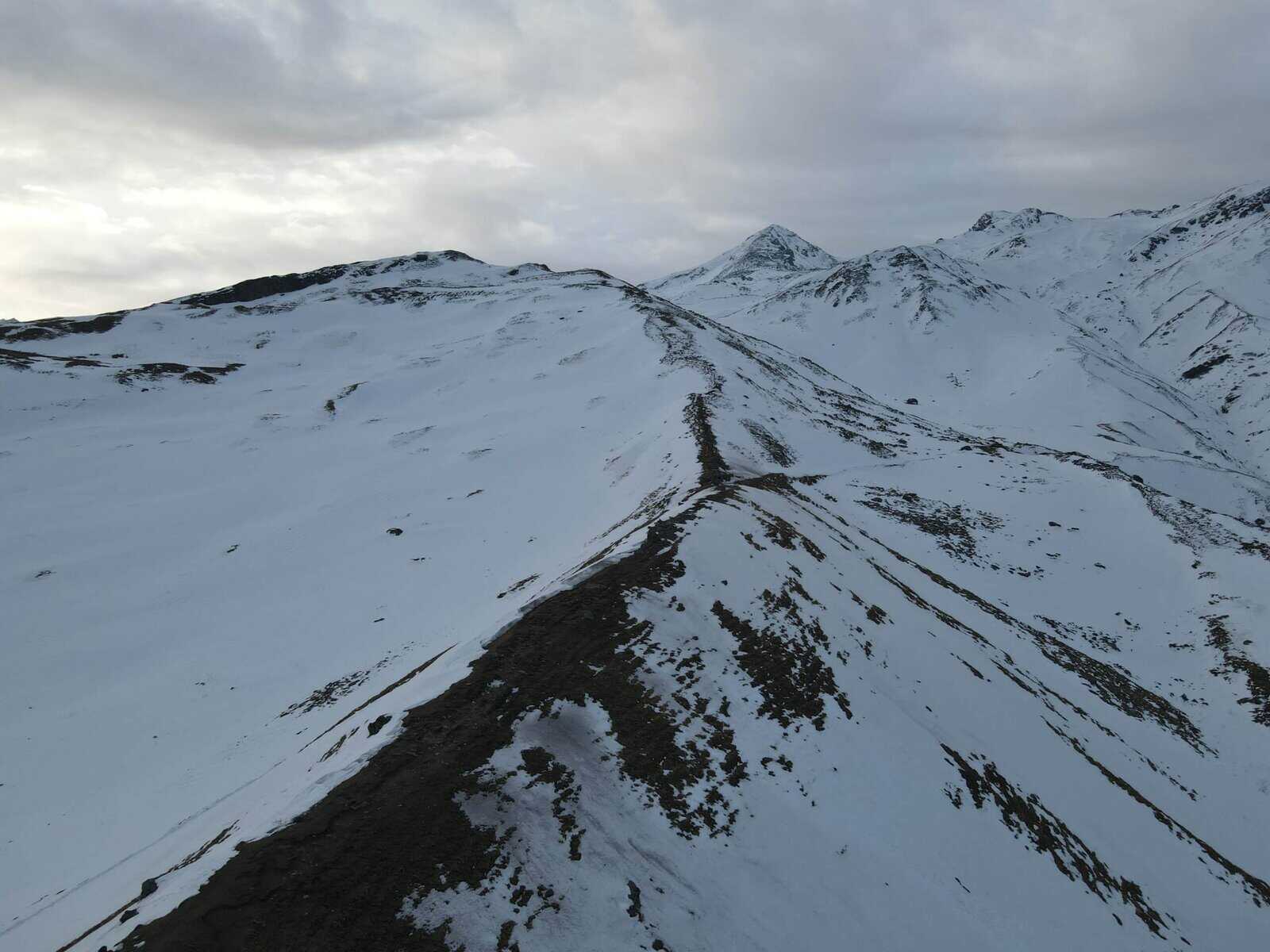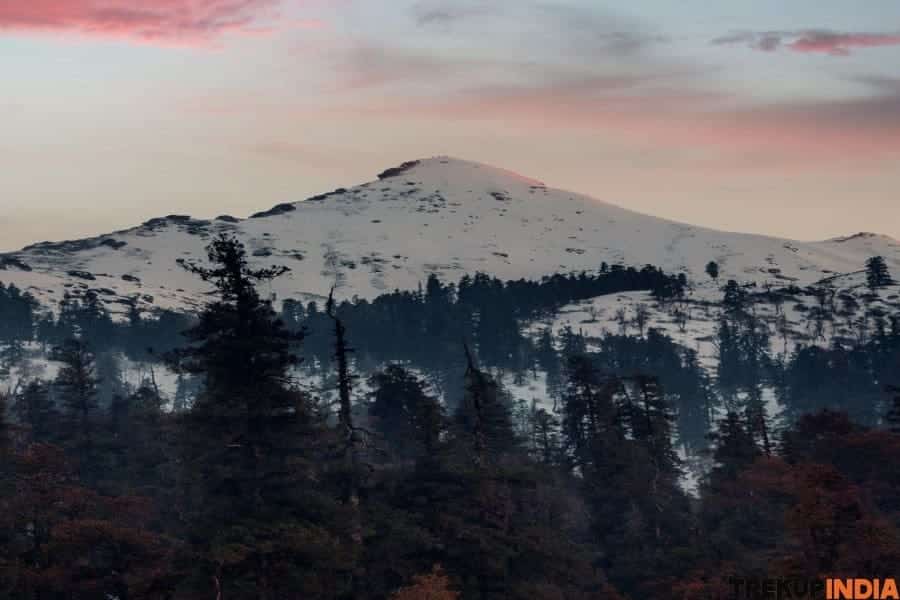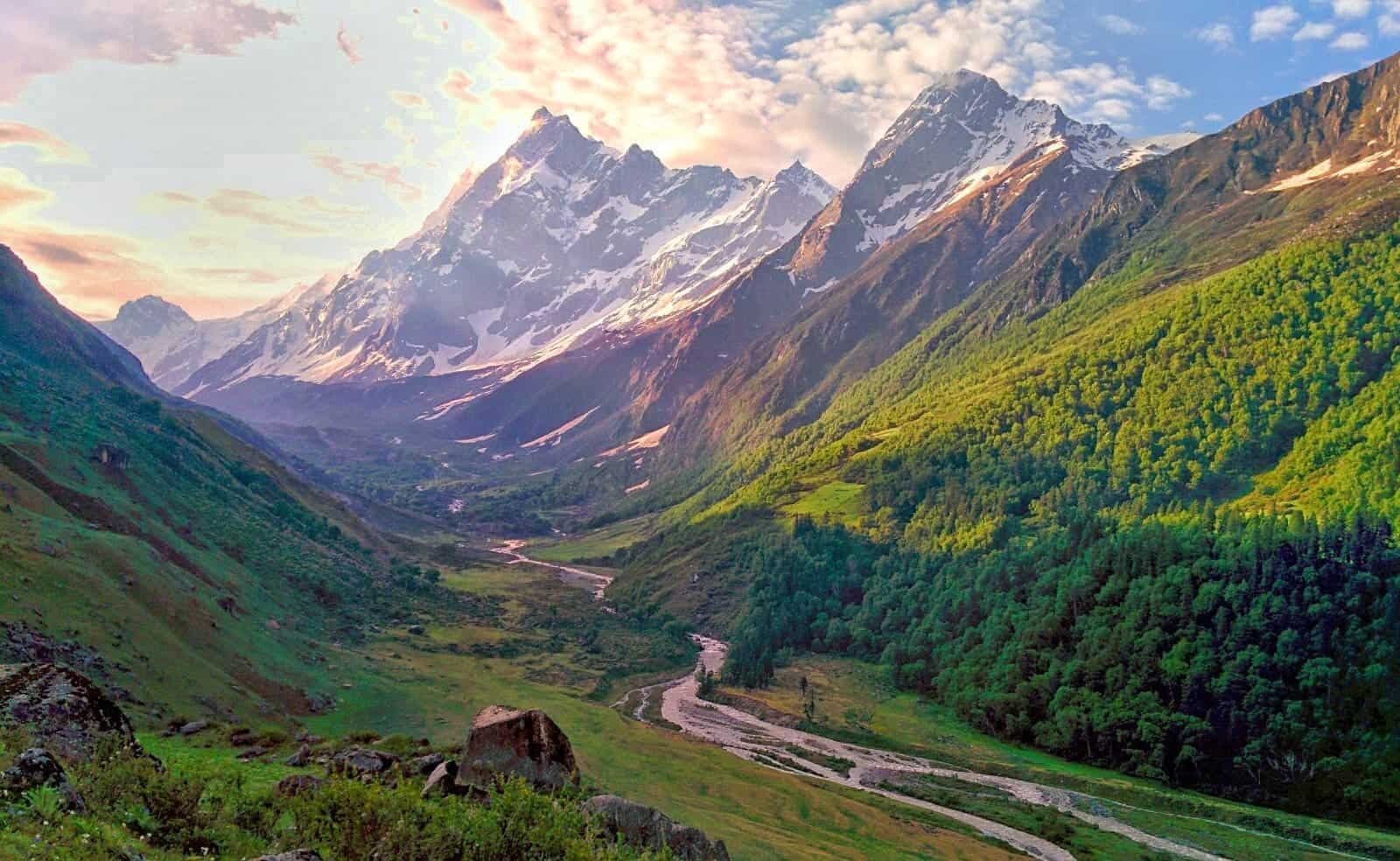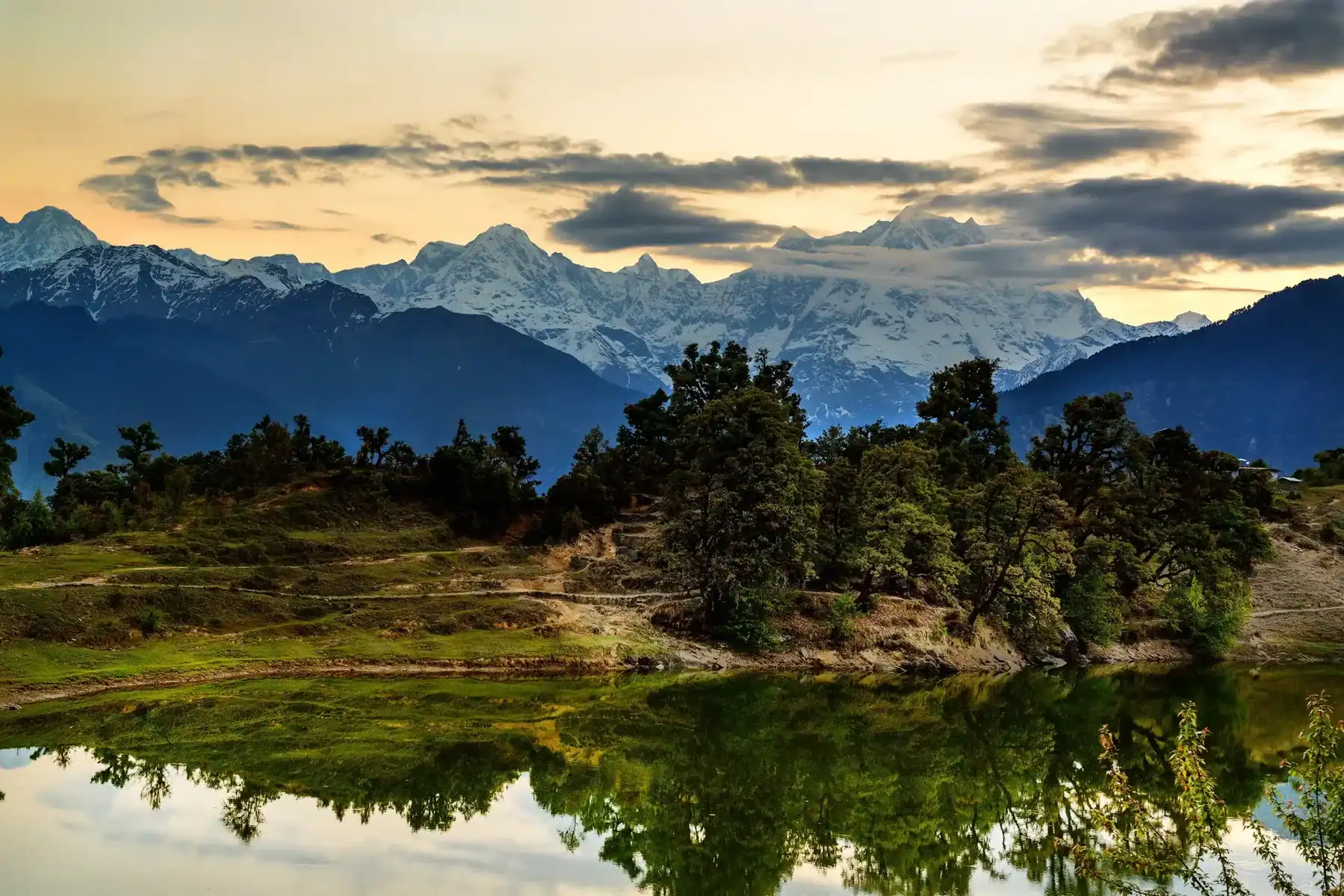Kuppar Bugyal Trek
Kuppar Bugyal Trek - Experience Himalayan Forests Like Never Before
Hidden away in Shimla is Kuppar Bugyal Trek, offering an exciting journey through lush Himalayan forests where nature shines with vibrant hues yet remains peacefully quiet. Situated near Pabbar Valley’s picturesque landscape, this adventure will showcase all that makes up the soul of the Himalayas.
Trek Through a Verdant Wonderland
Your hike takes you through lush forests brimming with life. Coniferous towers, magnificent deodars, and brilliant Rhododendrons cover this scenic terrain; each step through these old woodlands gives a glimpse of nature’s exquisite beauty, inviting you to stop and appreciate its fresh mountain air.
Wildlife and Conservation
Pabbar Valley is home to numerous species of wildlife, including brown ghorals and black bears, as well as Himalayan assistants. However, due to its absence of designation as a national park, forest clearing has been caused by land speculators; nonetheless, the valley’s wildlife and plants continue to flourish, providing hikers an unforgettable glimpse into an intact Himalayan ecosystem system.
An Adventurer’s Dream
I had long wanted to explore the hiking possibilities of Pabbar Valley. I was lucky enough to meet Kunal from Shimla, who shared my enthusiasm. Through lively conversations, we planned the ascent of an impressive 3200-meter summit within the valley called “Jackass Peak“, locally known as Jackass Hill due to its top being changed periodically due to grazing pastures. This difficult climb became a symbol for all unexplored potential within Shimla’s unexplored trails!
Shimla is not just famous for its tourist attractions; it is also a gateway to vast stretches of unexplored territory. Nestled within Pabbar Valley’s tranquil atmosphere and among conifers, deodar trees, and rhododendron trees is Kuppar Bugyal, an uncharted treasure waiting to be explored! Hikers can explore it while its stunning scenery allows them to experience Himalayan forest like never before.
Best Time for Kuppar Bugyal Trek
The best time to go on the Kuppar Bugyal trek is from late spring through early summer (May through June) and early autumn (September through October). Here’s why:
- Moderate and stable weather: In May and June, temperatures are usually pleasant, and trails are clean, allowing you to explore the lush green forests in Pabbar Valley. Autumn’s early season also brings clean, crisp days and beautiful landscapes as the leaves change hue.
- Scenic Beauty: During these seasons, bugs (alpine meadows) can be filled with flowers in summer or sporting deep, warm shades during autumn.
- Fewer Surprises in the Weather: While April may bring unanticipated hail or snow storms, the months of May to June and into early autumn are more stable conditions for treks. The risk of experiencing severe weather, which can force drastic changes in your schedule, is lower.
- Wildlife and local conditions: Be aware that a few instances of wildlife activity (like encounters with wild elephants) could temporarily ban camping or cause route changes. It’s best to consult local authorities or trekking companies for the latest updates prior to your trip.
Highlights of Kuppar Bugyal Trek
Below are a few of the most important highlights of the Kuppar Bugyal Trek
Lush Himalayan forests: Explore untouched, dense forest stocked with deodar, coniferous and rhododendron plants which create a tranquil and awe-inspiring natural landscape.
Diverse Wildlife Take advantage of possible sightings of Himalayan wildlife. From brown ghorals, black bears, to a variety of kinds of monal pheasants. Watch out to see occasional wild elephants roaming the area.
Beautiful Vistas and panoramic views: Open bugyals and enjoy stunning views of rolling meadows and snow patches and the distant Himalayan summits, which offer incredible photographs.
challenging terrain: Take a journey through rough roads, hairpin bends, as well as rugged roads that will add the thrill and adventure to your trip.
Cultural Ties and Local Attractions: Experience the local lifestyle, including grassy fields that have been cleared at the top and views of a number of temples from the past and settlements on the route.
Dynamic Weather You will experience dramatic weather variations ranging from cool breezes that refresh you, to sudden hail storms and snowfalls that make trekking more enjoyable.
Kuppar Bugyal Trek – Trail Information
Overview of Pabbar Valley
The forested area of Shimla, particularly the unexplored Pabbar Valley, is an area of great diversity. Deodar coniferous and hidden trees provide a stunning landscape for this hike. The valley houses various species of wildlife such as Himalayan grhorals, black bears, brown bears, and numerous monal pheasants. Unfortunately, the lack of a designated national park has resulted in multiple illegal land acquisitions and deforestation, which is threatening the unique ecosystem.
The Journey Begins
You have to set off on this journey from Delhi or Shimla. Shimla bus station and headed to Khada Pathar on Rohru Road. It is a great route to travel on, whether by a local bus or SUV, and it is highly recommended due to its picturesque sections. After a grueling 500km trip from Delhi, you will arrive at Khada Pathar around 12:00 PM. After a light lunch, I was ready to go on a hike.
If you want to stay overnight, accommodation along the Jubbal-Hathkoti Highway and the markets located nearby within Khada Pathar are recommended. Alternately, if you have the time, PWD or Forest Rest Houses are a viable choice.
Trekking the Trail
Beginning from Khada Pathar, follow an unpaved path to Giri Ganga. This route was chosen because of the stunning forest views. The 9km to completely immerse yourselves in the peaceful wildness. After approximately 100 m on the Khada Pathar-Hathkoti Highway, a small turnoff took us to the top of the hill towards Giri Ganga. If you’re in a hurry, take a drive directly towards Giri Ganga to begin your hike.
Important items to bring include drinks, snacks, a flashlight, and a poncho, as there aren’t any facilities in Khada Pathar. The trail reminds me of Hatu Peak Trail in Narkanda, a location that provides extensive forest experiences.
Ascending to Kuppar Bugyal
In Kuppar Valley, cool breezes and tranquil surroundings offered an ideal escape from the hustle and bustle of living. Keen to make it to the top and lead the way, we negotiated winding roads and sharp hairpin bends. At around 3 km it became a bit more complicated by several steep twists. If you think about it, turning off the path after two kilometers could reduce time and effort. However, the lack of signage has caused navigation to be a little difficult.
You will navigate the curves and swing through a beautiful forest of old trees. It was a journey that offered sporadic glimpses of the Giri River gushing in the valley below. You will soon be blessed with a clear, grassy, snow-dusted area, signaling our entry point towards Kuppar Bugyal. There, the panoramic view of meadows lush and green, with occasional snowy patches — made the trek worthwhile.
How to Reach For Kuppar Bugyal Trek
This is a step-by-step instruction on how to get to the start point of the Kuppar Bugyal Trek.
- Travel to Shimla:
- Start your journey from Delhi by bus (or train) to Shimla. This route is highly connected and Shimla is your entry point to Pabbar Valley.
- Shimla to Khada Pathar:
- At the Shimla bus stop, get on an auto or an SUV for Khada Pathar on Rohru Road.
- The route covers around 500km (from Delhi to Khada Pathar and the other leg that runs from Delhi to Shimla) and usually takes the passengers up to Khada Pathar around midday.
- Overnight Options in Khada Pathar:
- If you are looking for overnight accommodations, Find a hotel close to the Jubbal-Hathkoti Highway or nearby market.
- Alternately, look for PWD and Forest Rest Houses to enjoy a more rustic experience.
- Starting the Trek:
- The trek starts from Khada Pathar and follows an unpaved route to Giri Ganga. This path is chosen because of its stunning forest landscapes.
- This path spans between 3 and 9 kilometers, depending on the route you choose, and can extend the trek.
- If you have limited time, drive straight from Giri Ganga and begin your hike at Giri Ganga.
- Essential Preparations:
- It is important to carry food, water, a torch, and a poncho since facilities will be scarce after you depart Khada Pathar.
By following these guidelines, you can ensure you are prepared for an enjoyable start on this trek. Kuppar Bugyal Trek, ensuring you arrive at the trailhead comfortably and without any hassle. Take a stroll through the beautiful, lush Pabbar Valley’s landscapes!
Essentials for the Kuppar Bugyal Trek
- A well-stocked First Aid kit, including:
- Scissors
- Band-aids (regular and waterproof)
- Analgesic spray (Relispray, Volini, etc.)
- Antiseptic Liquid (Savlon, Dettol, etc.)
- Antiseptic powder (Povidone-Iodine-based powders like Cipladine, Savlon, etc.)
- Cotton roll and bandage
- Crepe Bandage
- 1-inch wide medical tape (paper or cloth)
- Micropore tape
- Tablets for motion sickness (Avomine) and acidity (Gelusil, Digene, etc.)
- Mild pain relief tablet (Crocin)
- Identity Card
- Cap, scarf, bandana, and sunglasses
- At least two litres of water
- Lemon, salt, or an electrolyte drink (Electoral/Gatorade/Glucon D, etc.)
- High-calorie snacks (nuts, dry fruits, home-baked cake, etc.)
- Safety pins, rubber bands, and a whistle (useful in emergencies)
- Quick-drying T-shirts (preferable over cotton tees)
- Poncho (only during monsoons)
- Plastic sheet to wrap electronic devices (only during monsoons)
- Sunscreen (SPF 50+)
- Trekking poles (optional)
Remember to always seek advice from a physician before consuming any medication.
Dates For Upcoming Treks
Want To Trek Like Pro?
Basically, watch these videos if you want to trek the same way professional trekkers do and make your skills better. These videos contain useful tips and techniques to further improve your trekking skills itself. These videos actually help both new and experienced trekkers improve their trekking skills. These videos definitely provide useful tips that make your trek better. We are seeing that these videos by Trekup India experts will only help you make your trekking skills better.
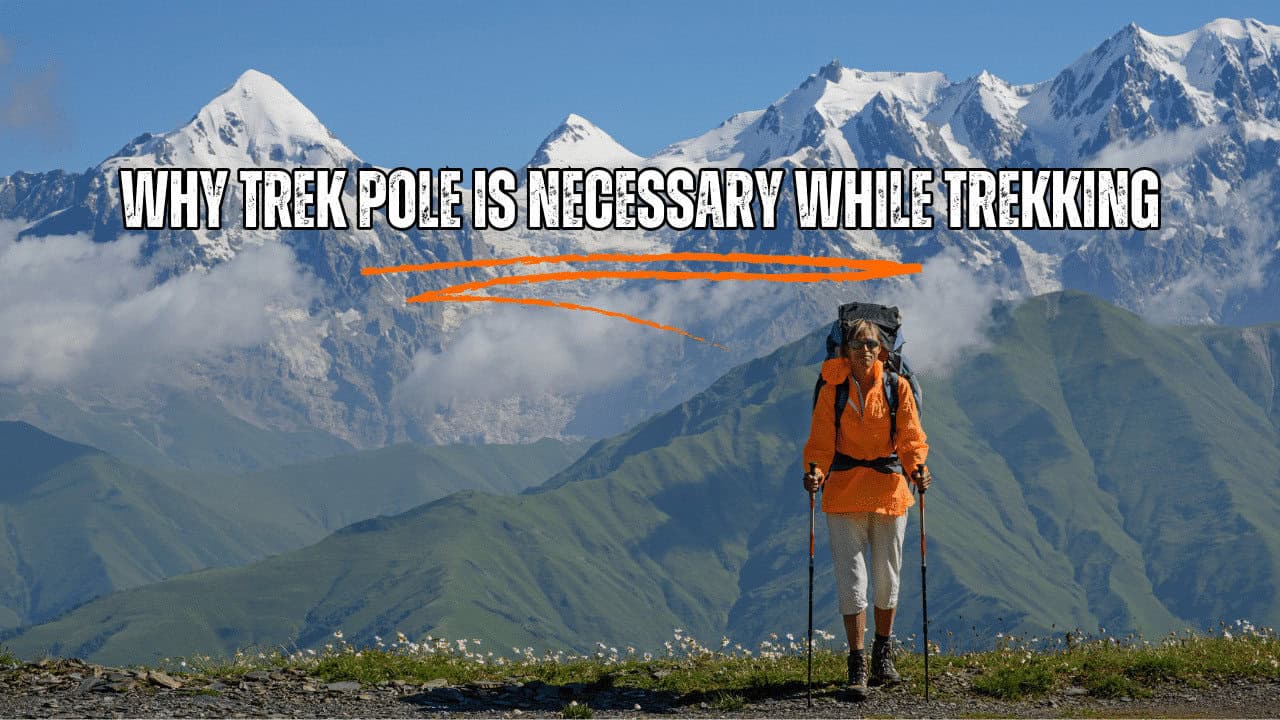




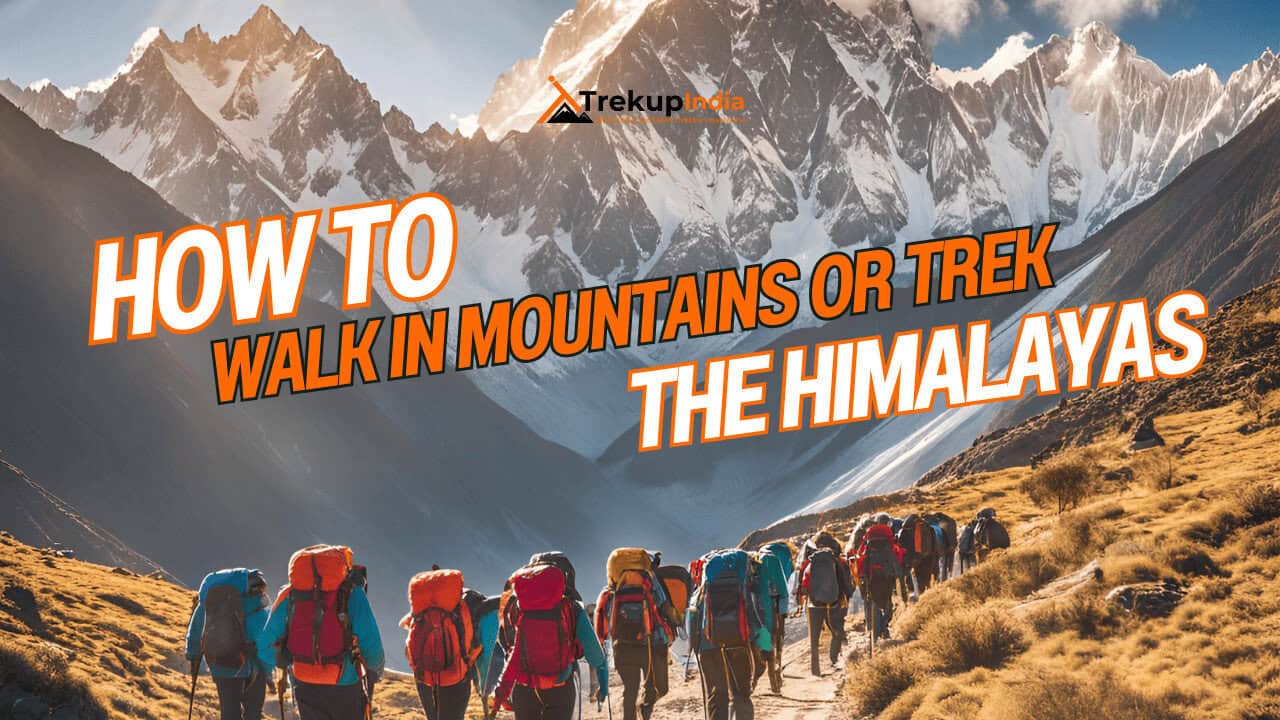

Know Everything About Acute Mountain Sickness
Acute Mountain Sickness occurs when people trek to high altitudes above 8,000 feet. This condition itself develops further due to reduced oxygen levels at such heights. Basically, as you go higher up, the air pressure and oxygen levels decrease, which causes the same problem. Acute Mountain Sickness surely causes headache, nausea, vomiting, and dizziness in affected persons. Moreover, peoples also experience difficulty in sleeping during this condition. To avoid mountain sickness, you should actually trek up slowly to higher altitudes. To learn further about this condition itself, watch the videos by Trekup India.
